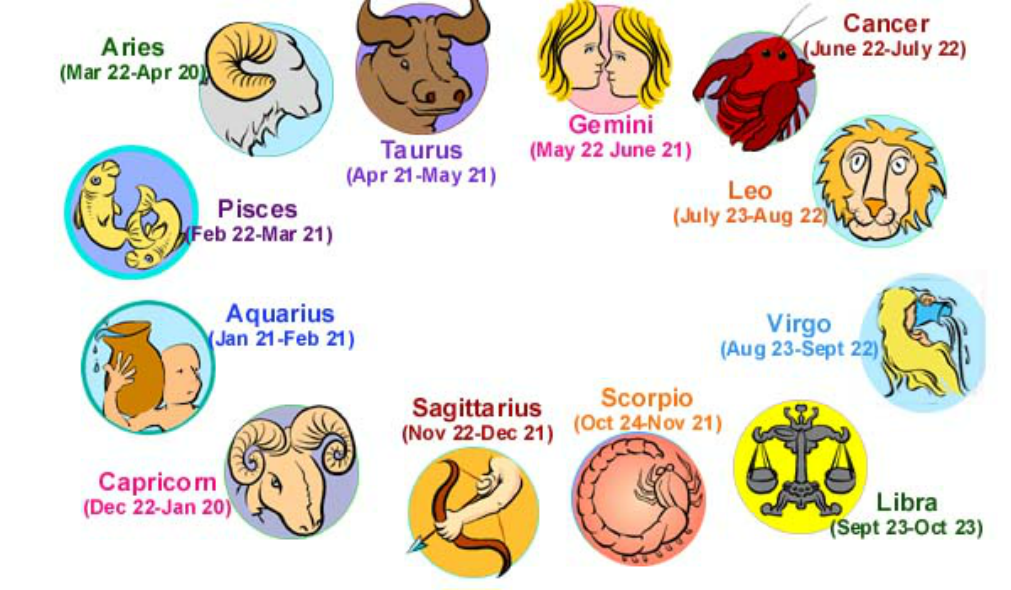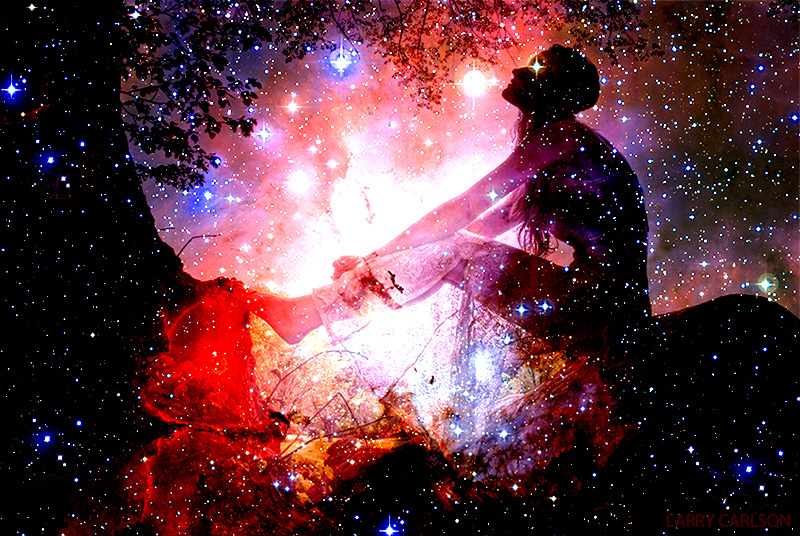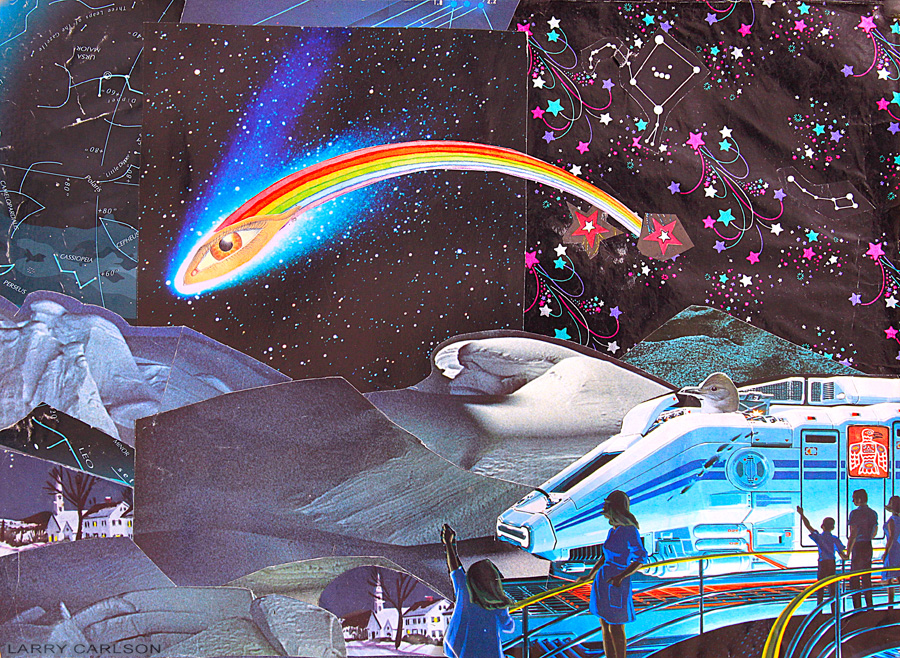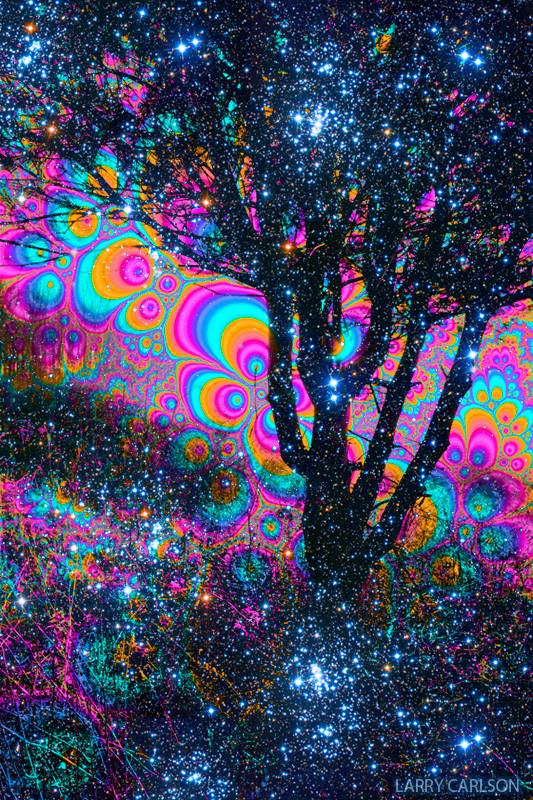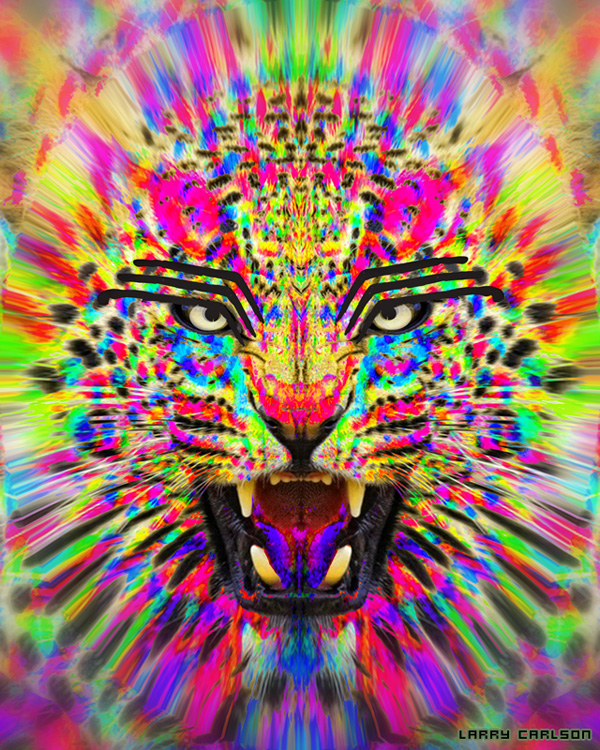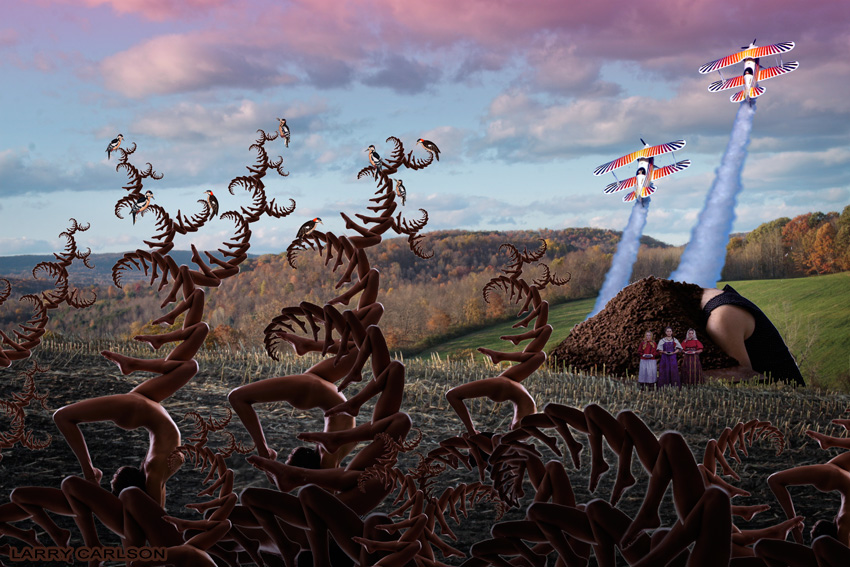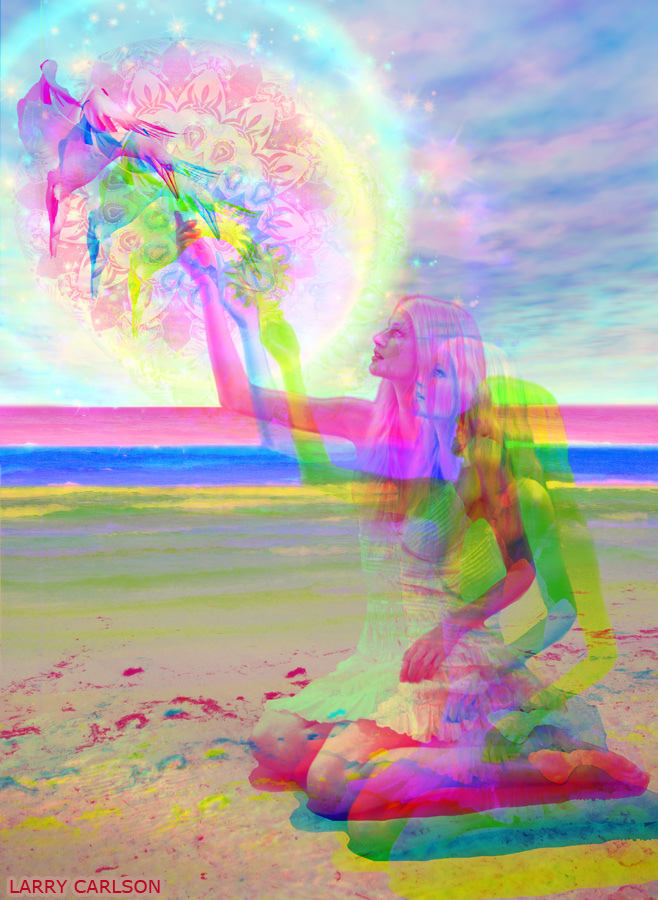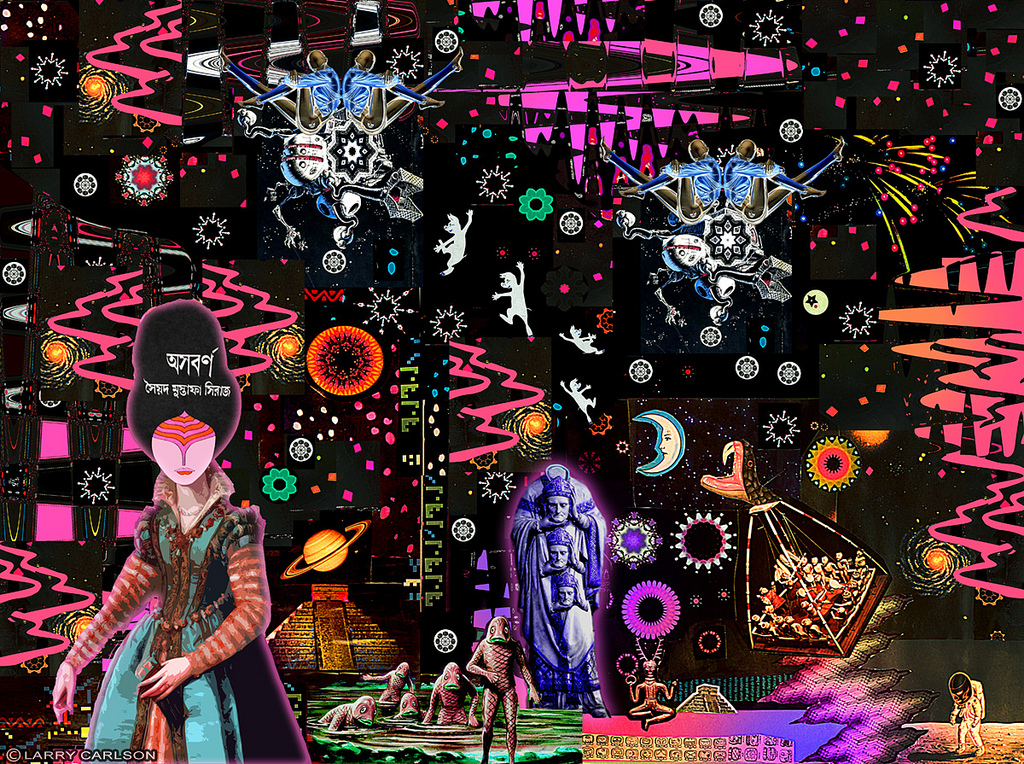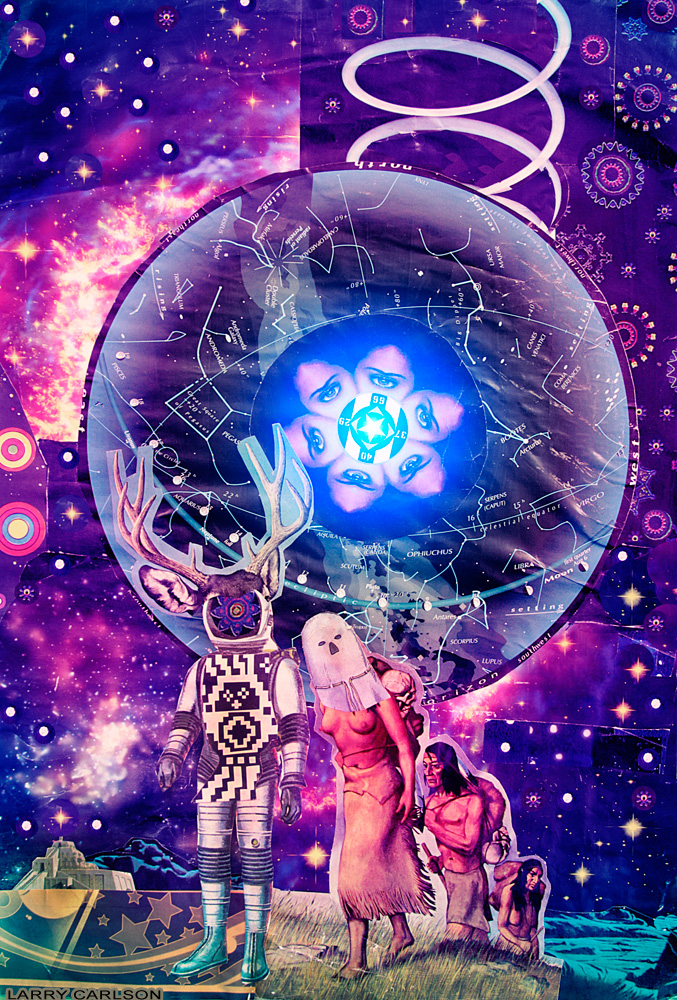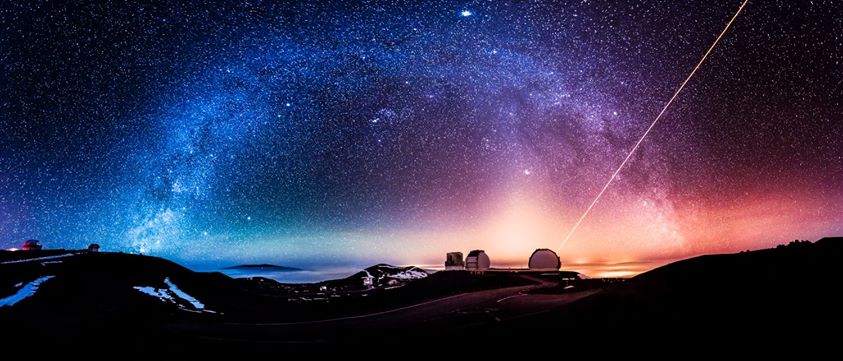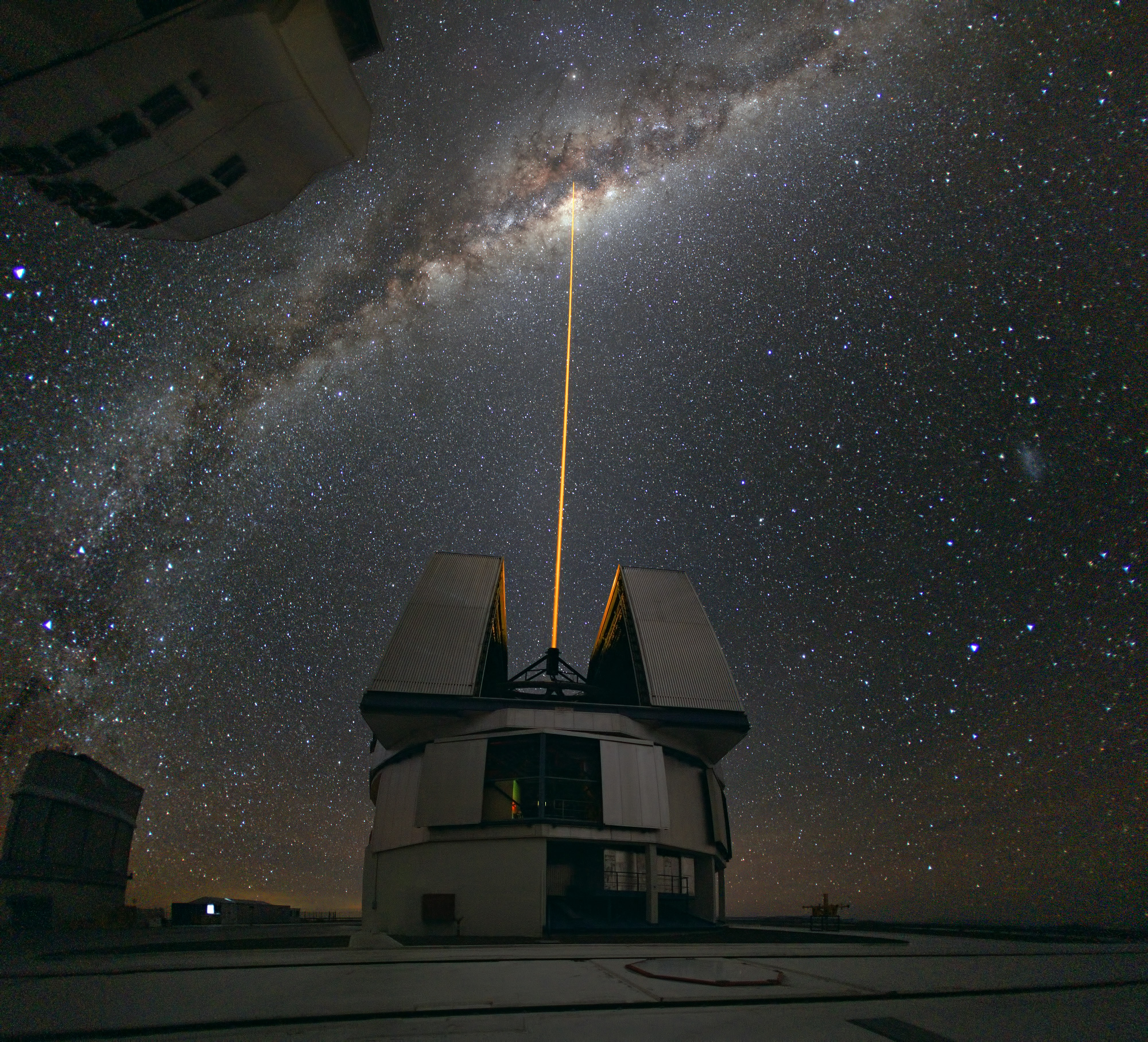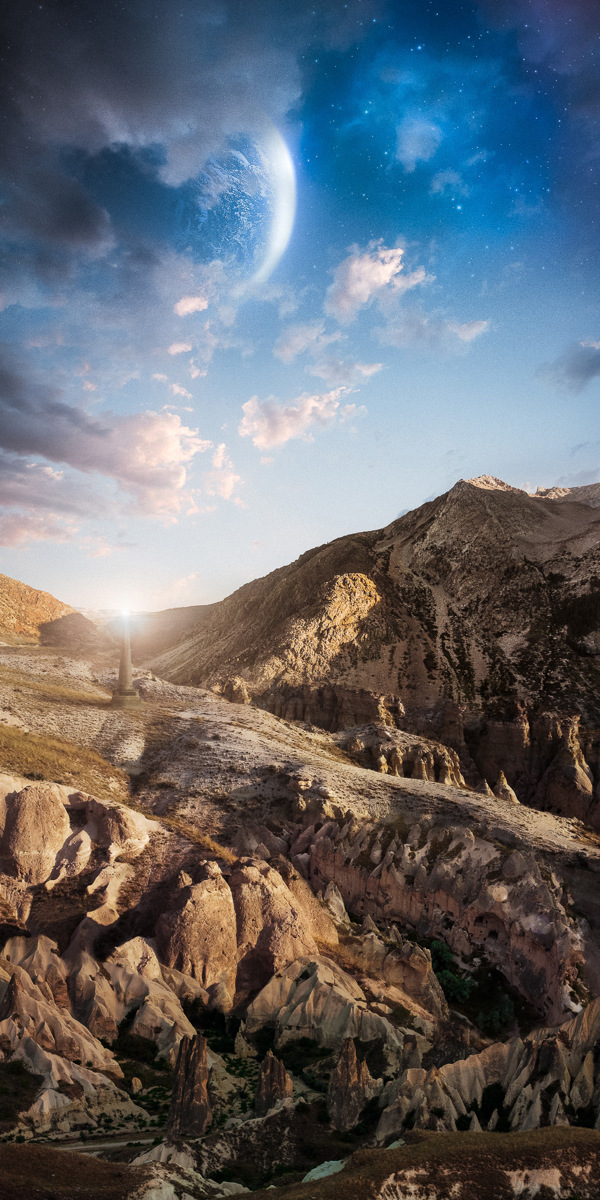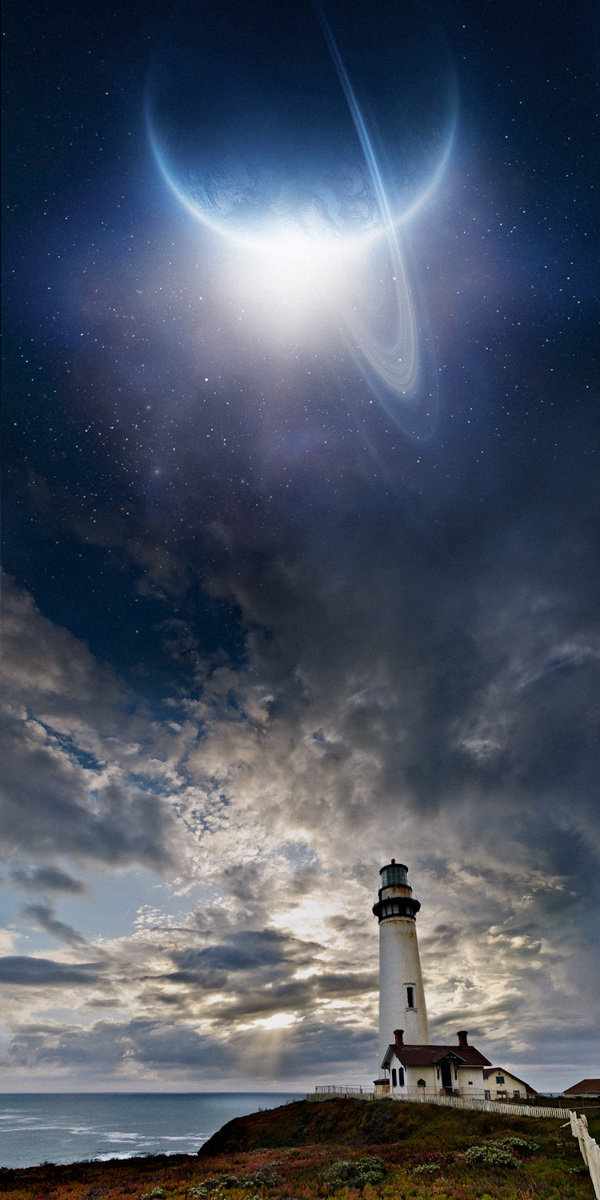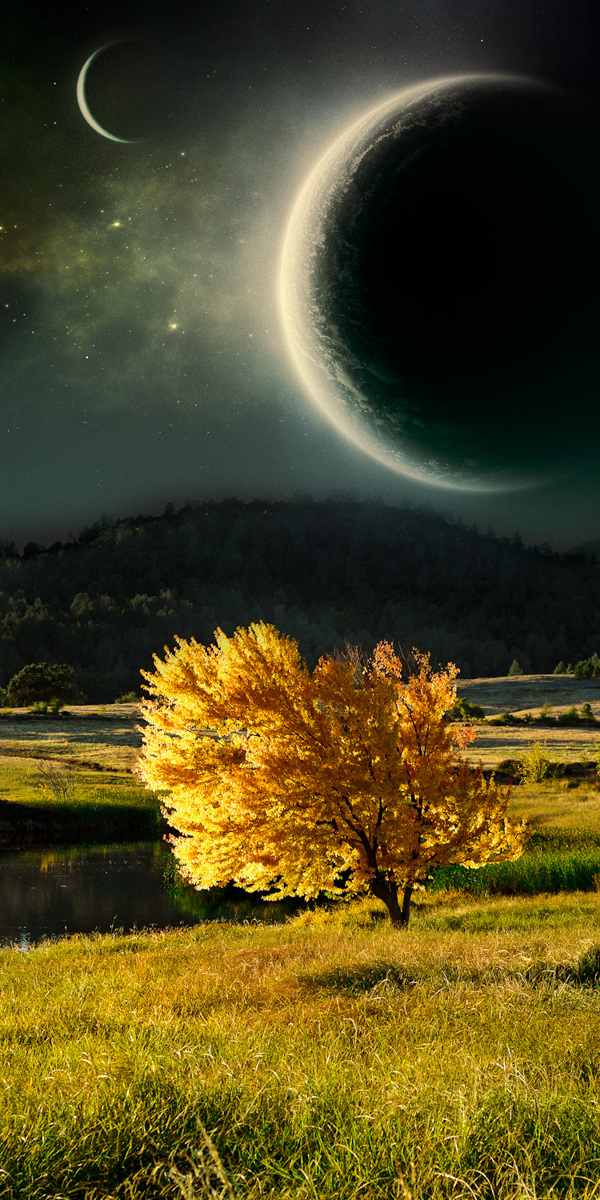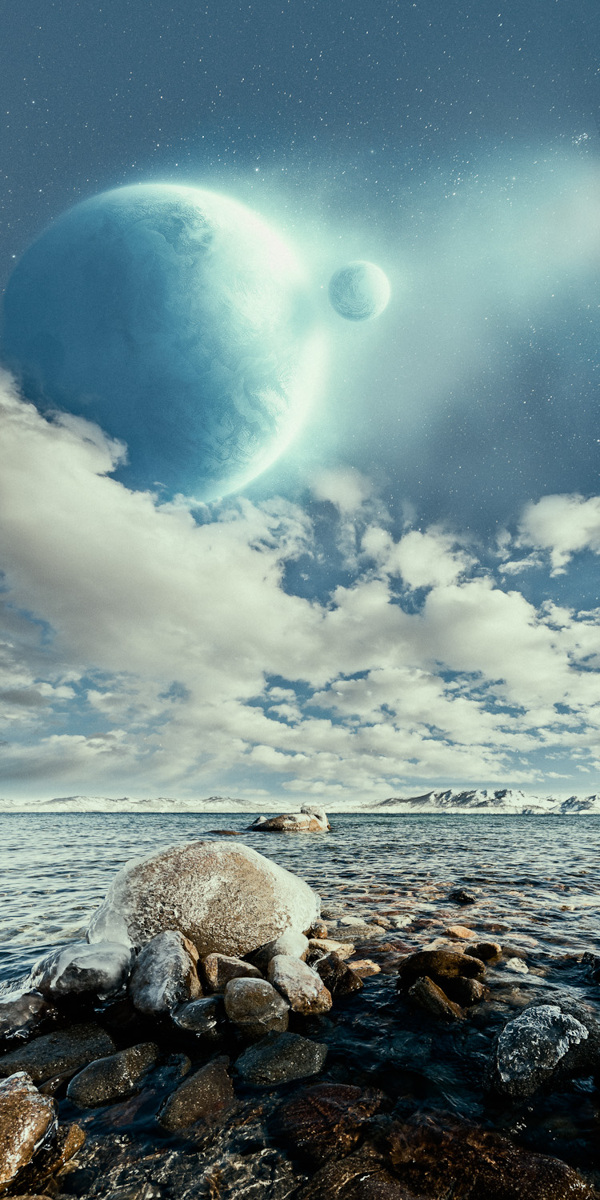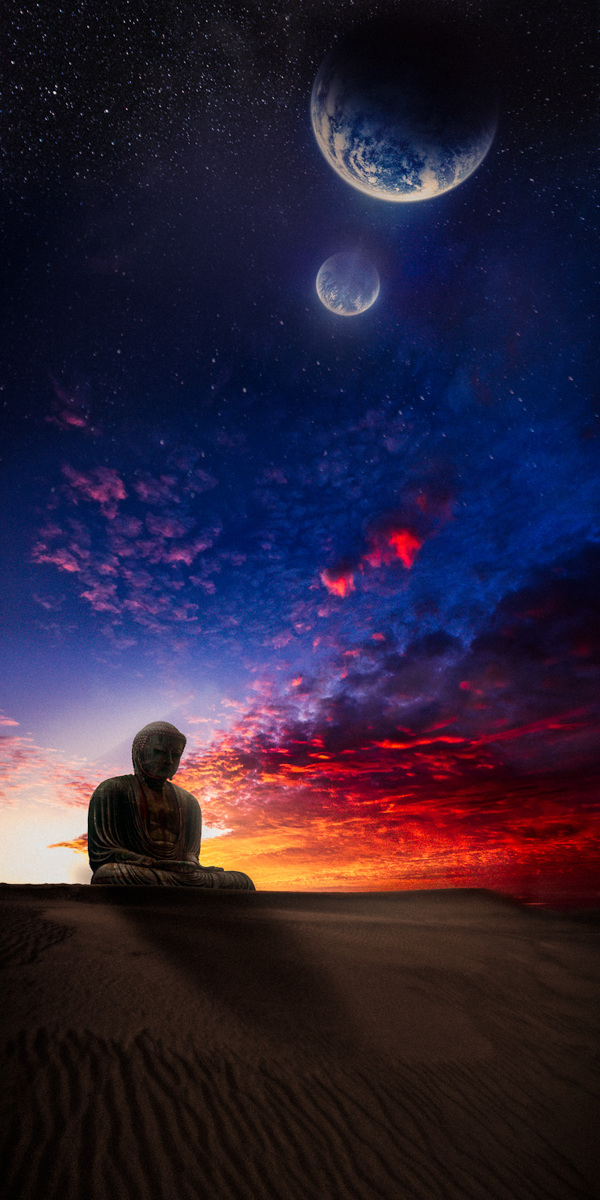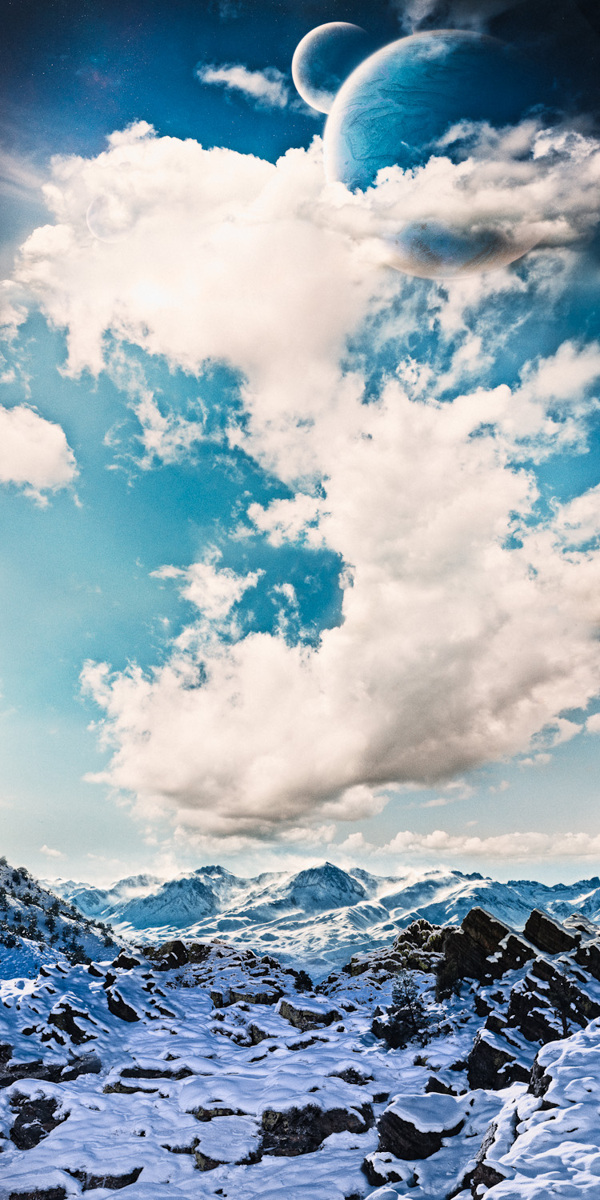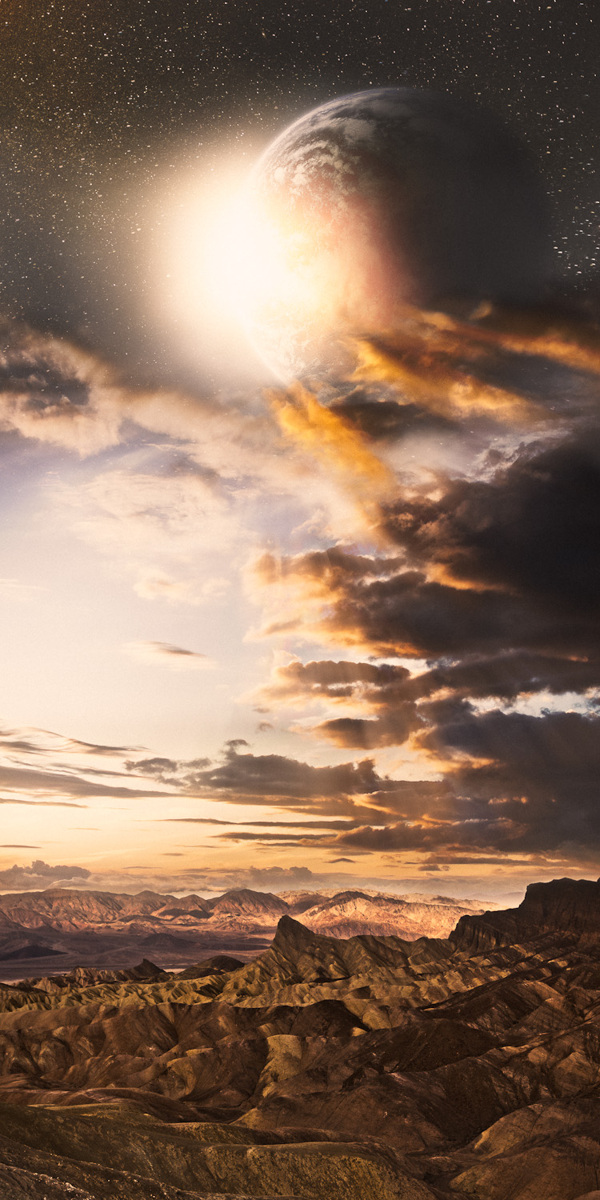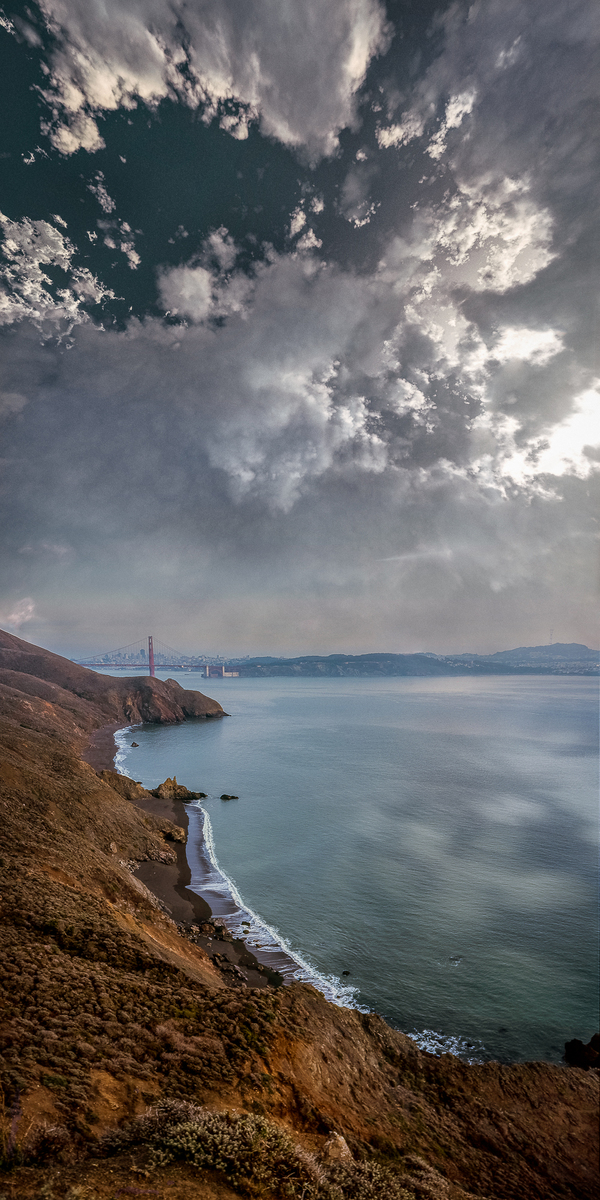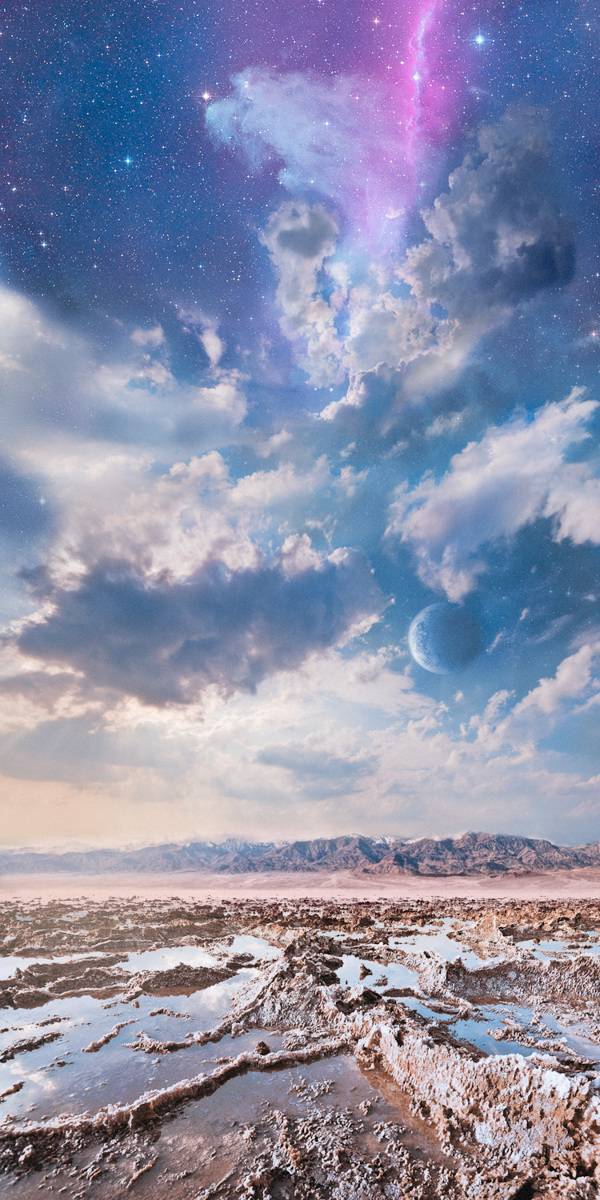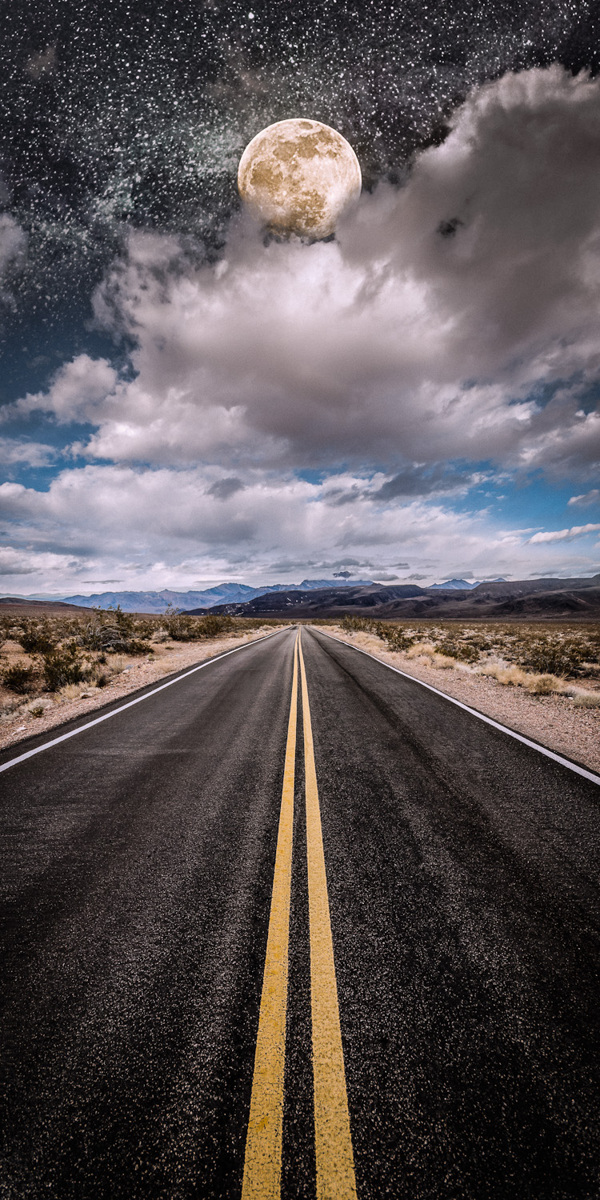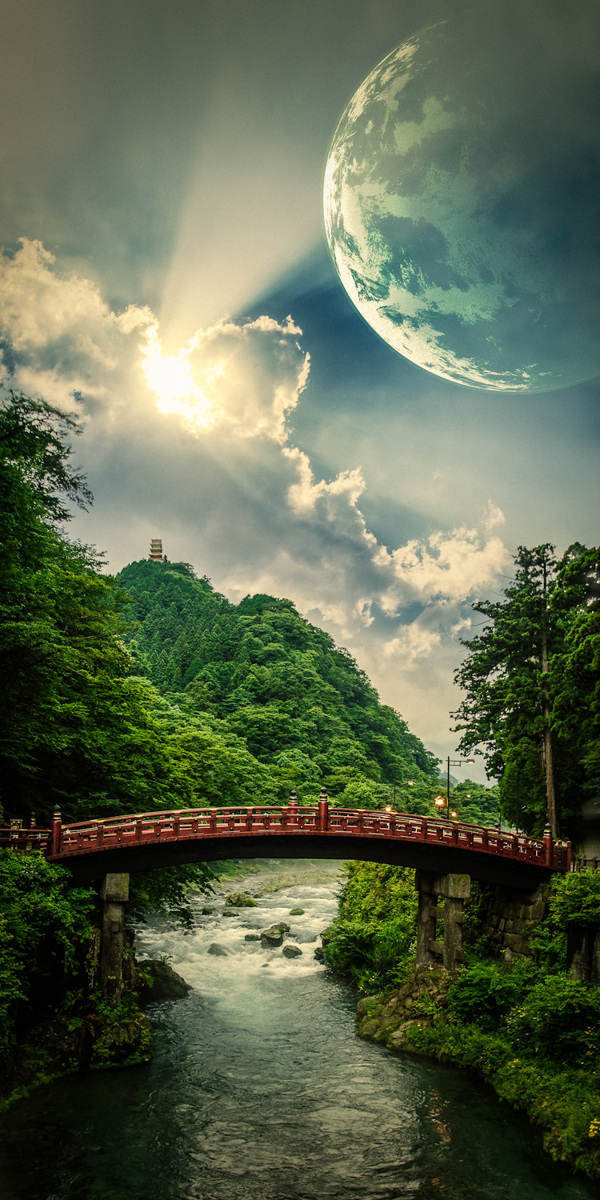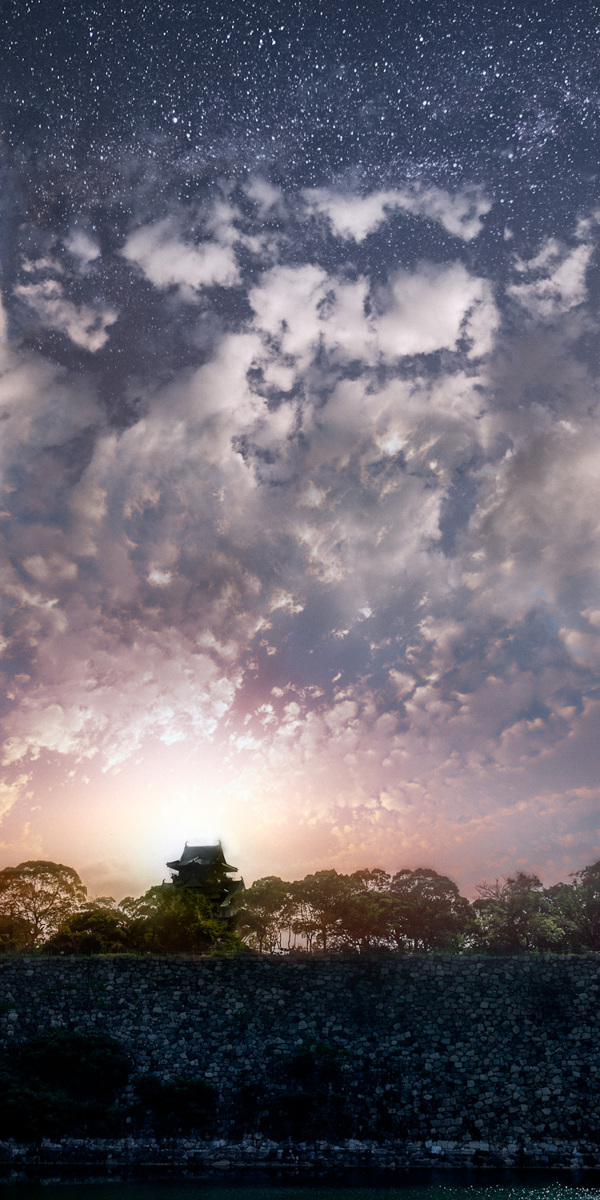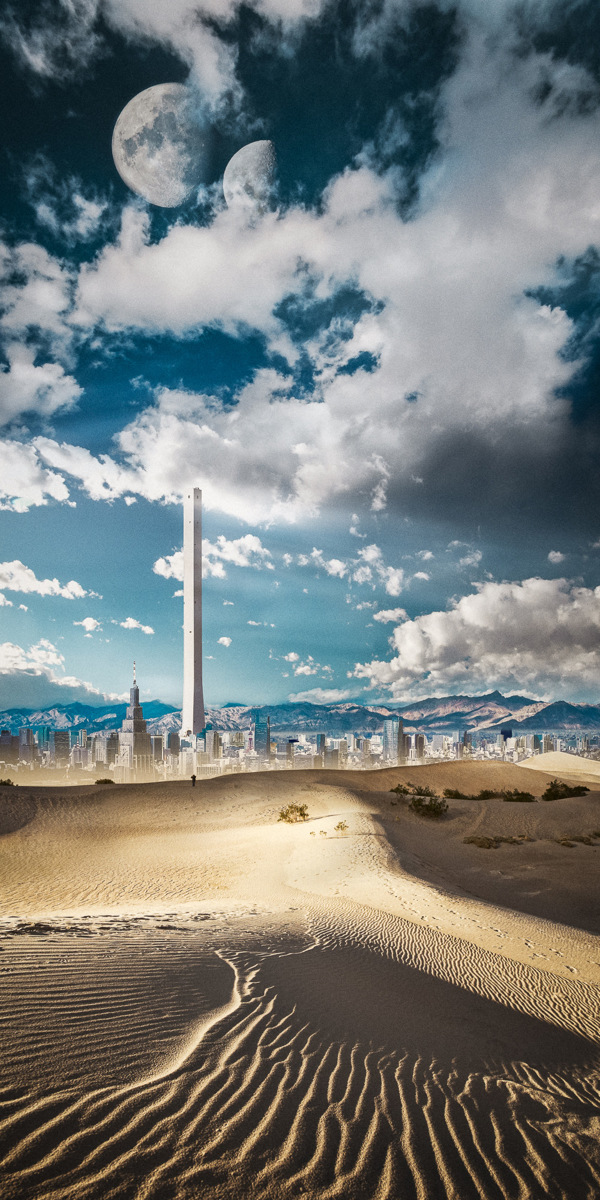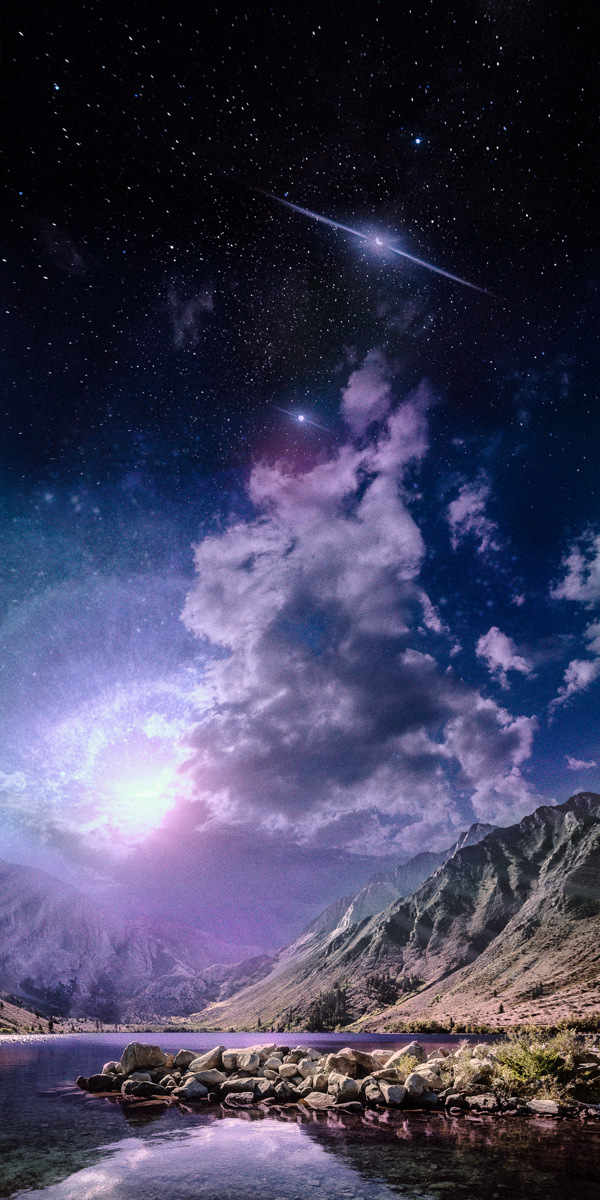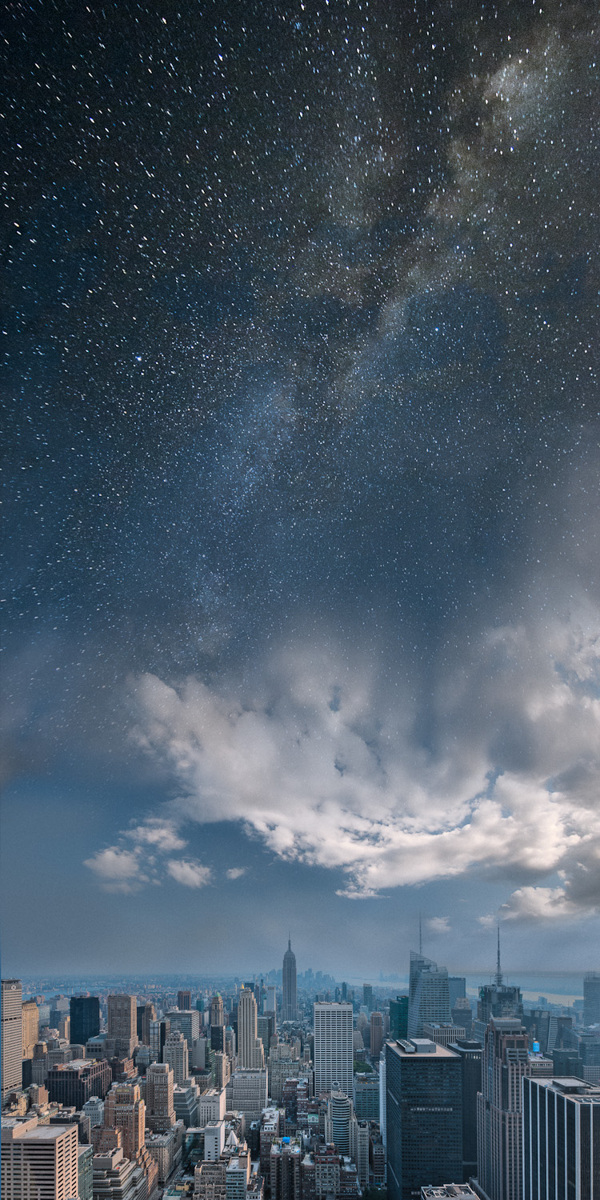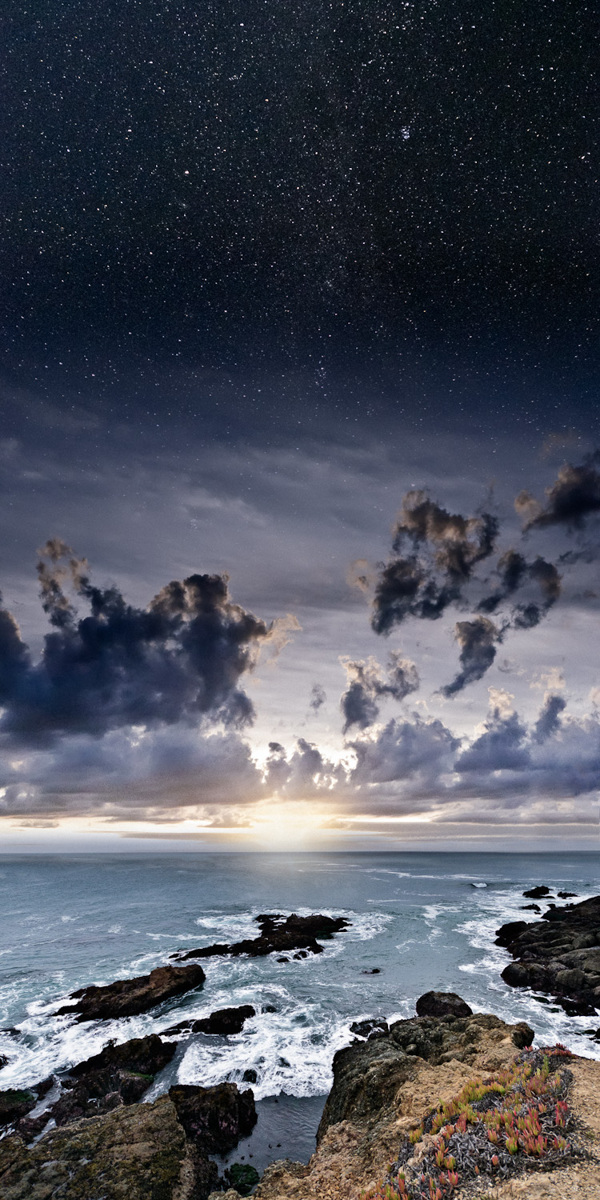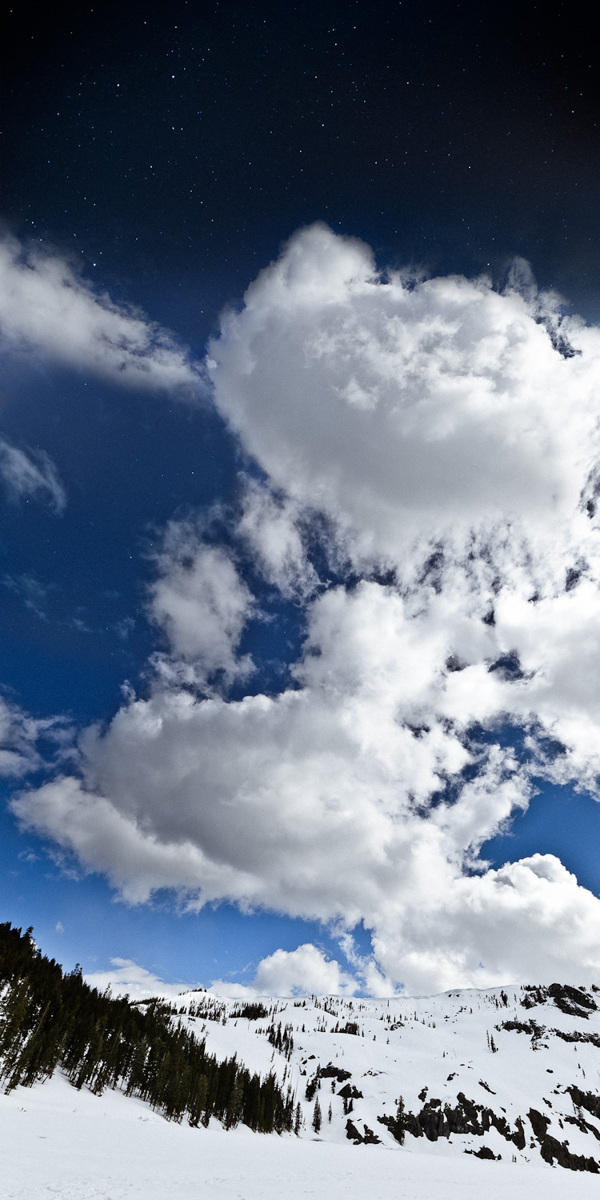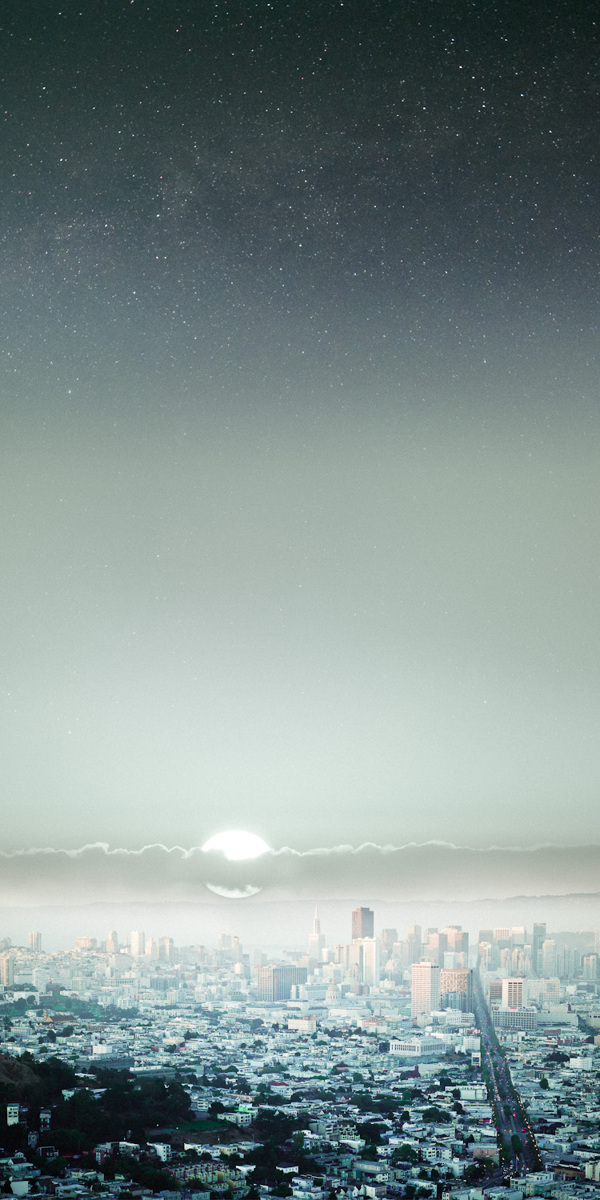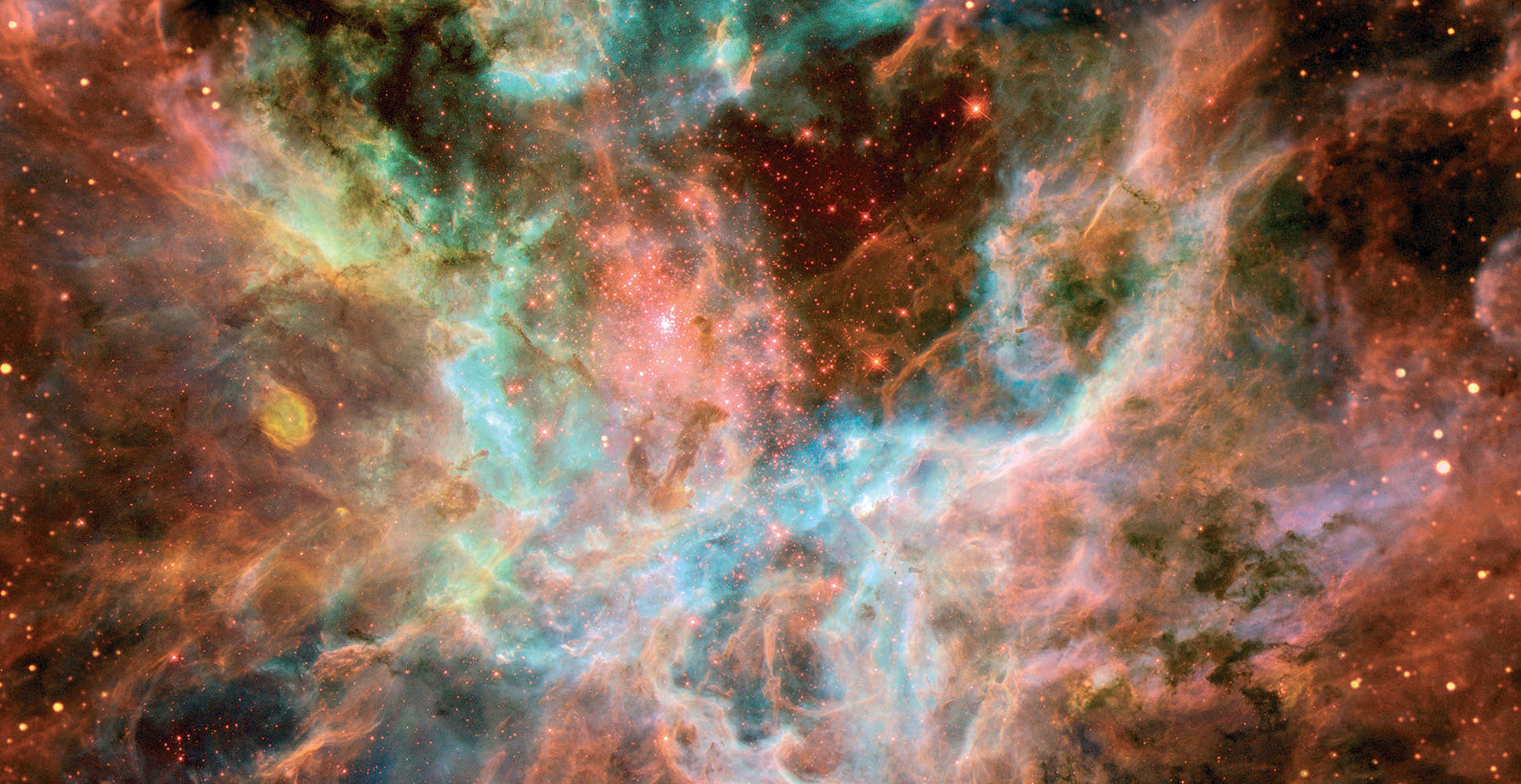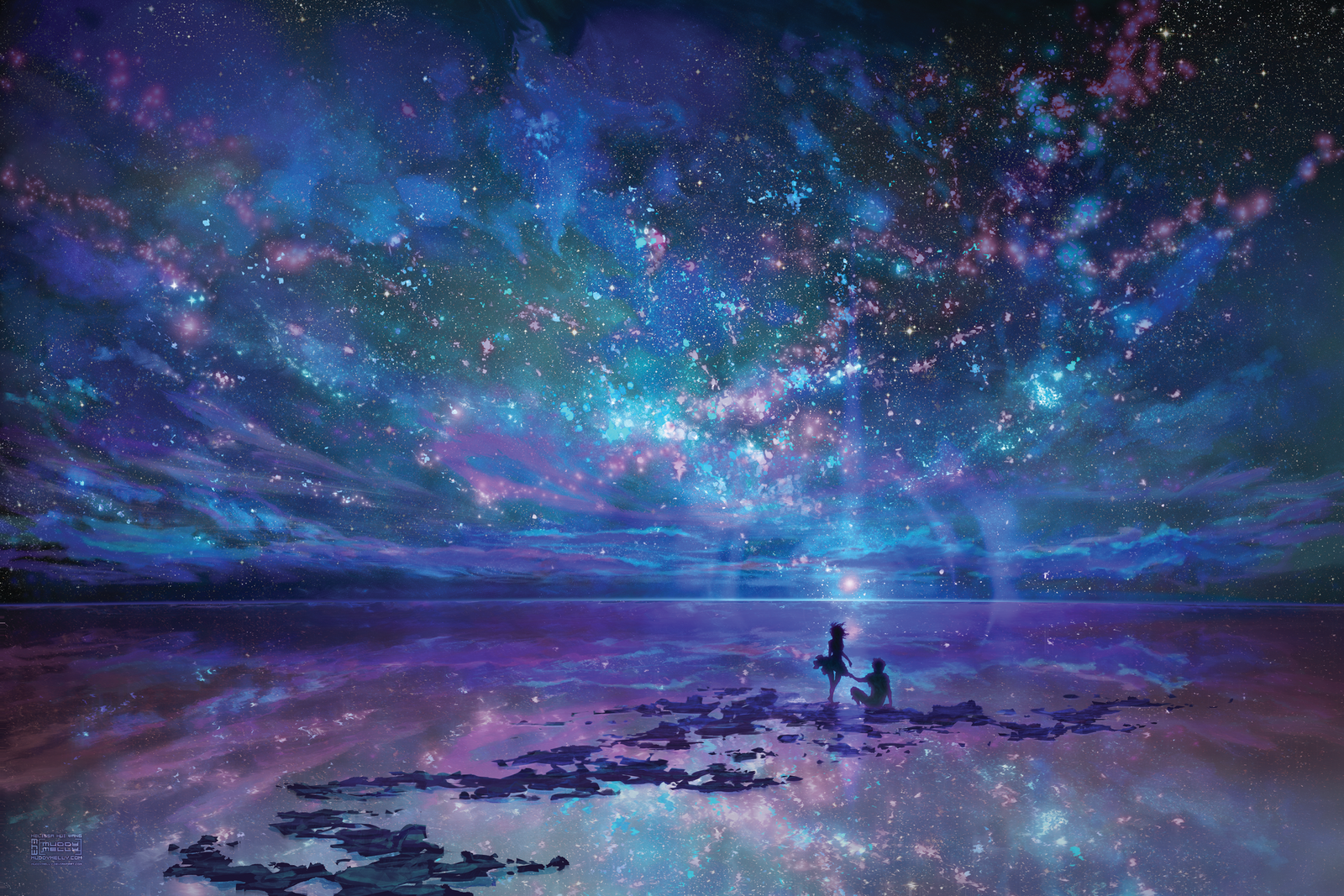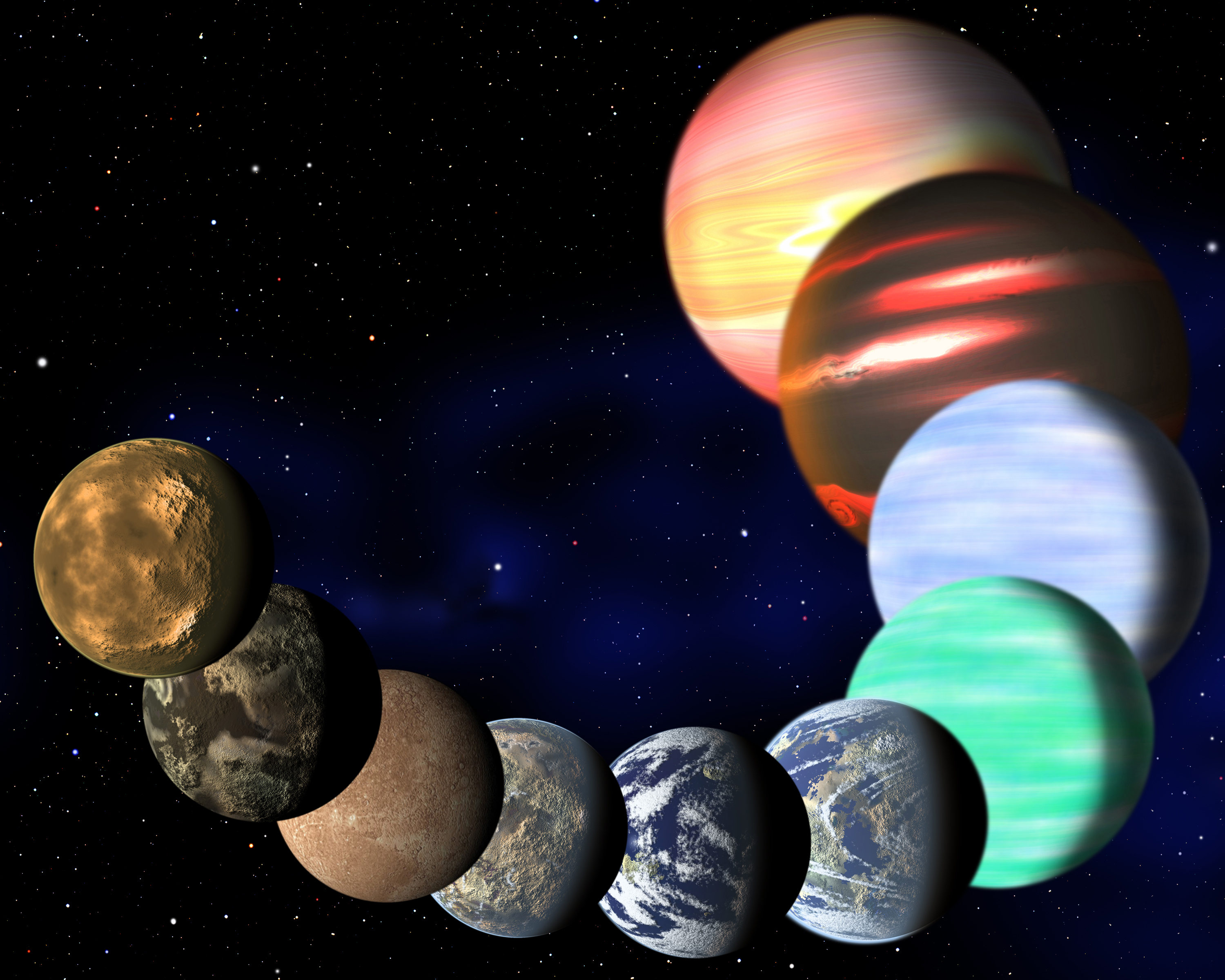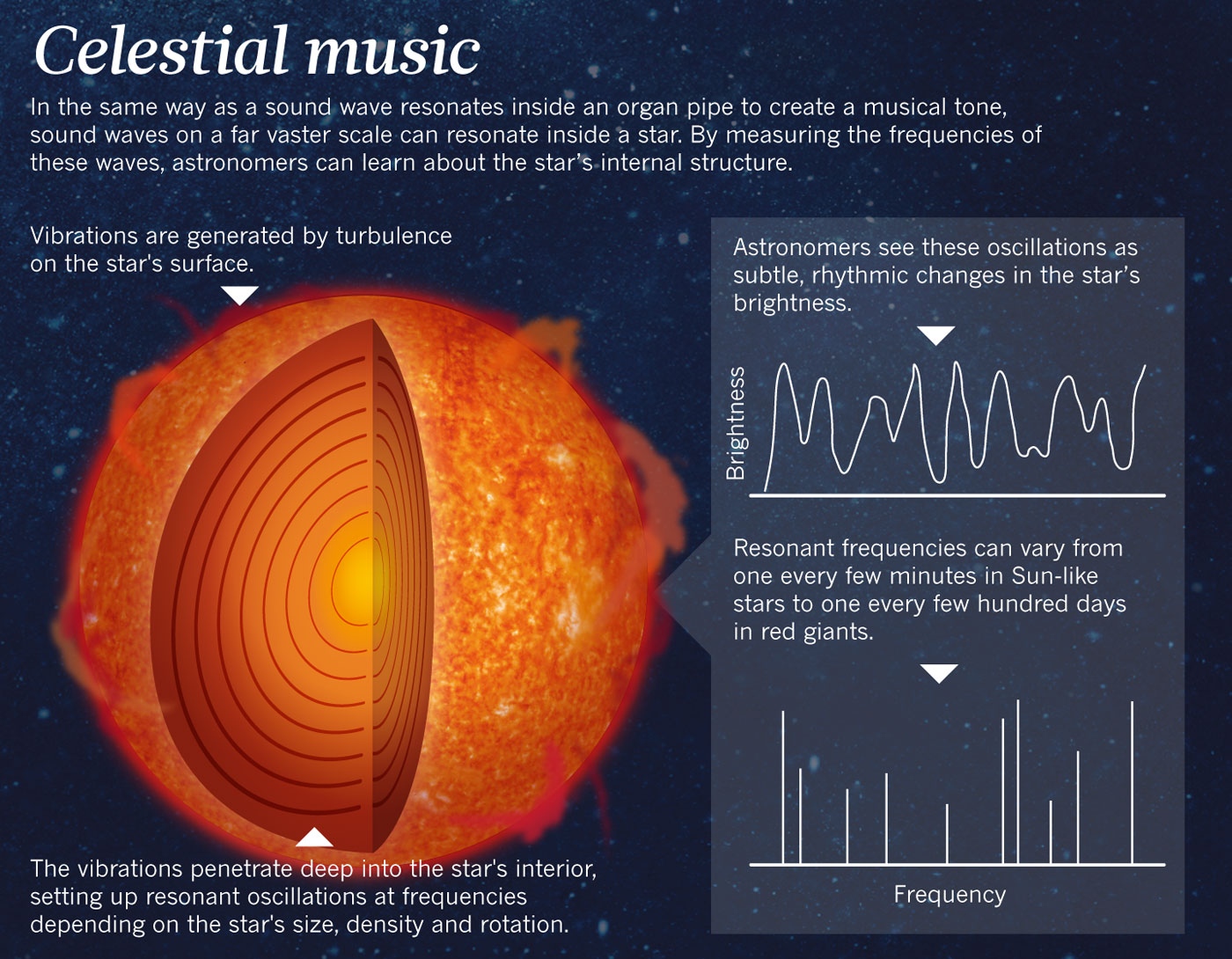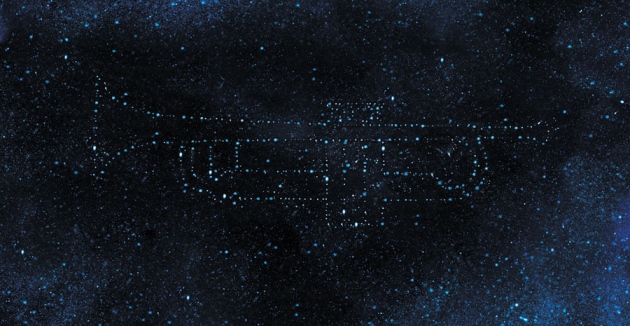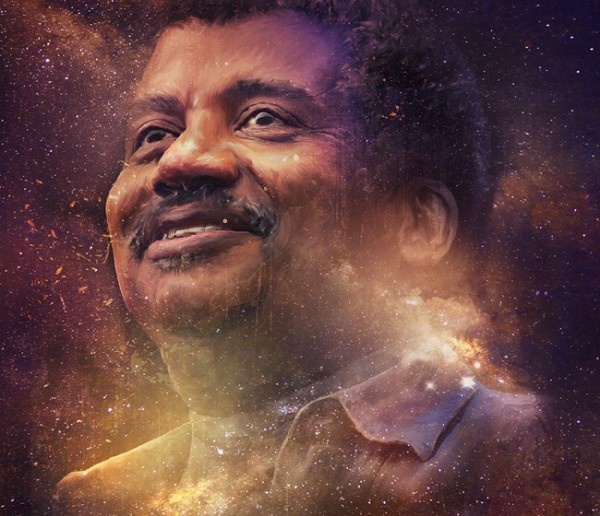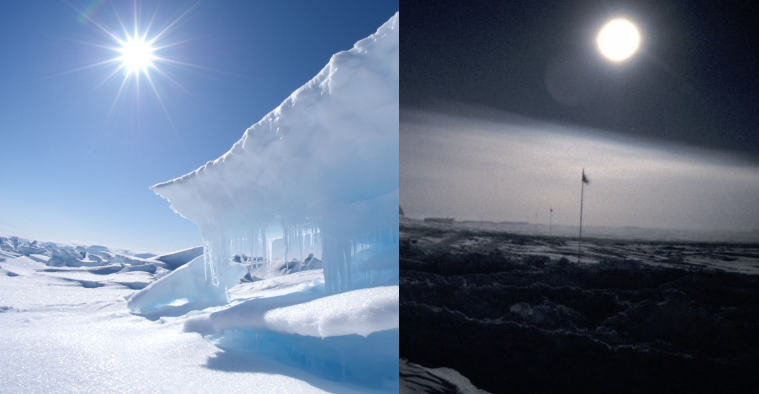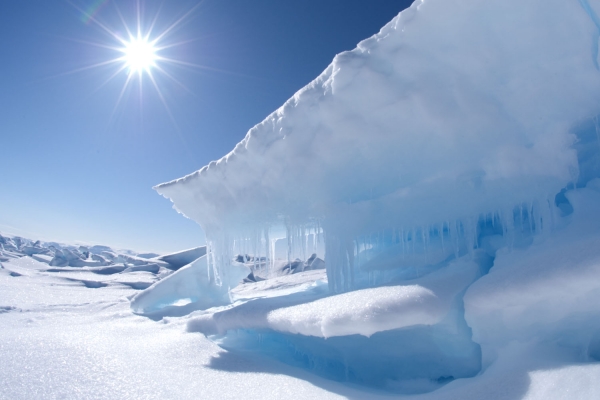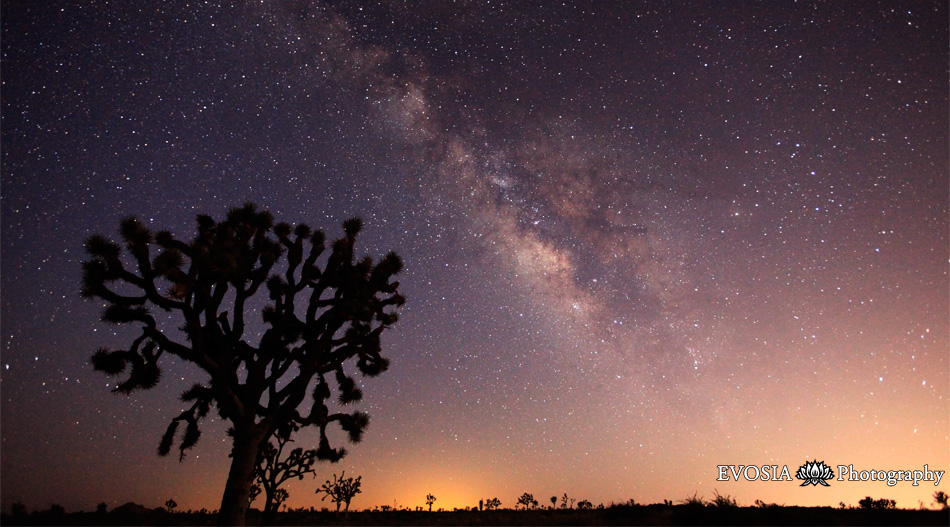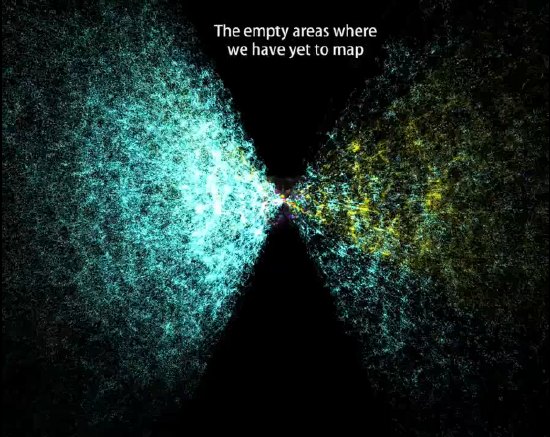Phil Plait, aka The Bad Astronomer did an excellent favor to the rest of humanity by compiling the most breath taking astronomy photos of our universe from 2013.
I love astronomy. I have my whole life. Part of that is the wonder and awe it generates, learning about the Universe and our place in it.
But of course, there is great beauty in the skies as well. From our nearest neighbors to the most distant galaxies, the cosmos is a wonder to behold.
Every year I collect my favorite pictures—chosen both for their beauty and their importance to science—and put them together in a gallery to delight your brain. Picking only a few is always a herculean task, but I hope the ones on this list affect you the same way they did me. – Phil Plait: Astronomer, Public Speaker, and Author of Death from the Skies!
The Knight That Rules the Night
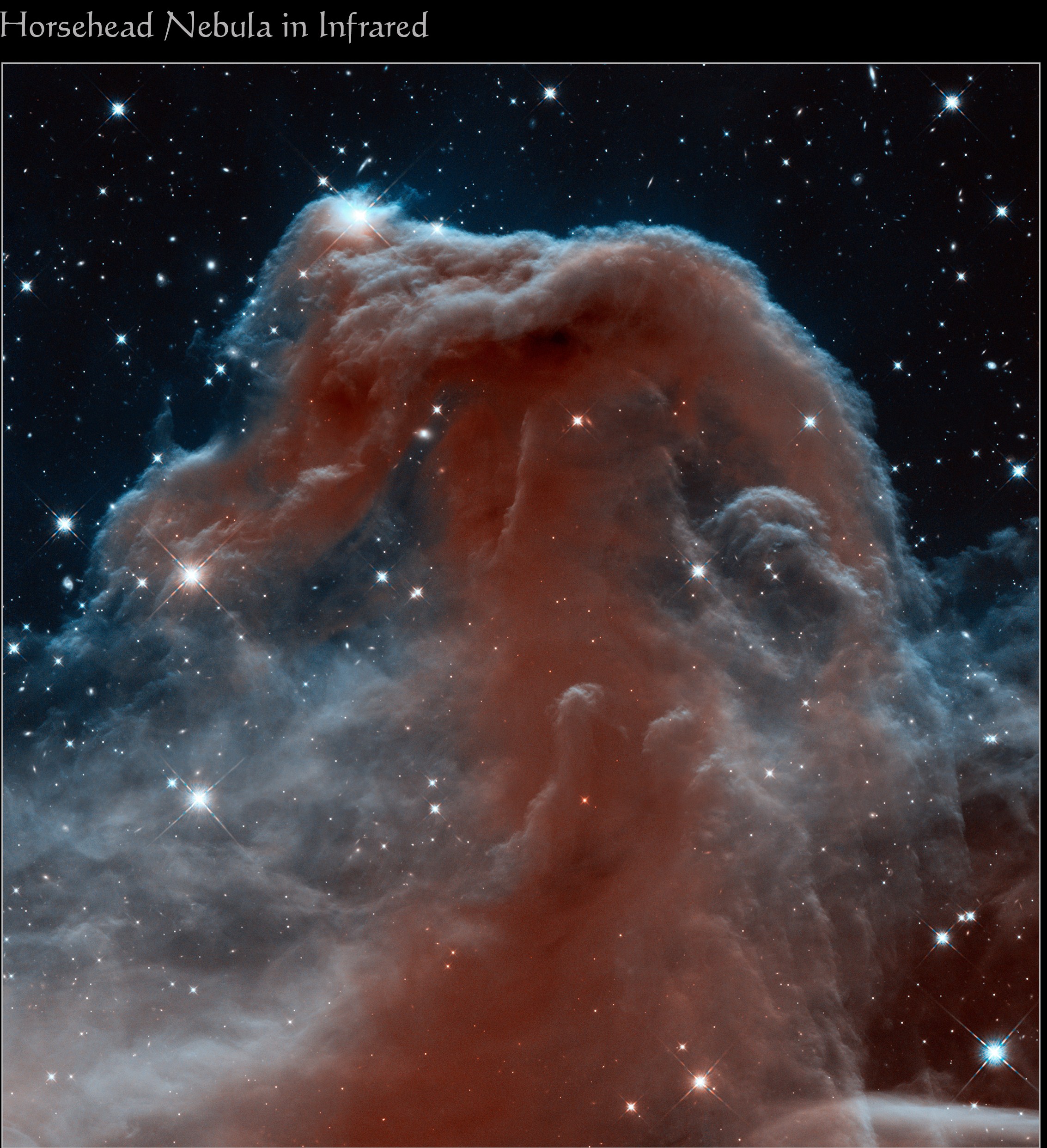
April 24, 2013, was the 23rd anniversary of the launch of the Hubble Space Telescope into orbit. To commemorate this event, the folks at the Space Telescope Science Institute released this image of the Horsehead Nebula, named for somewhat obvious reasons.
Located just next to Orion’s belt, this cloud of dust and gas is a region where stars are forming. When viewed in visible light the Horsehead appears dark, a cosmic chess piece silhouetted against pink and red glowing gas. In infrared light, as in this image, the dust becomes visible, delicate billows of clouds surrounding baby stars just getting their start in the Universe.
Better take a look while you can: In a few million years all this will be gone, eroded away by the fierce light of the nearby powerhouse star system Sigma Orionis.
The Universe Is a Little Older Than We Thought
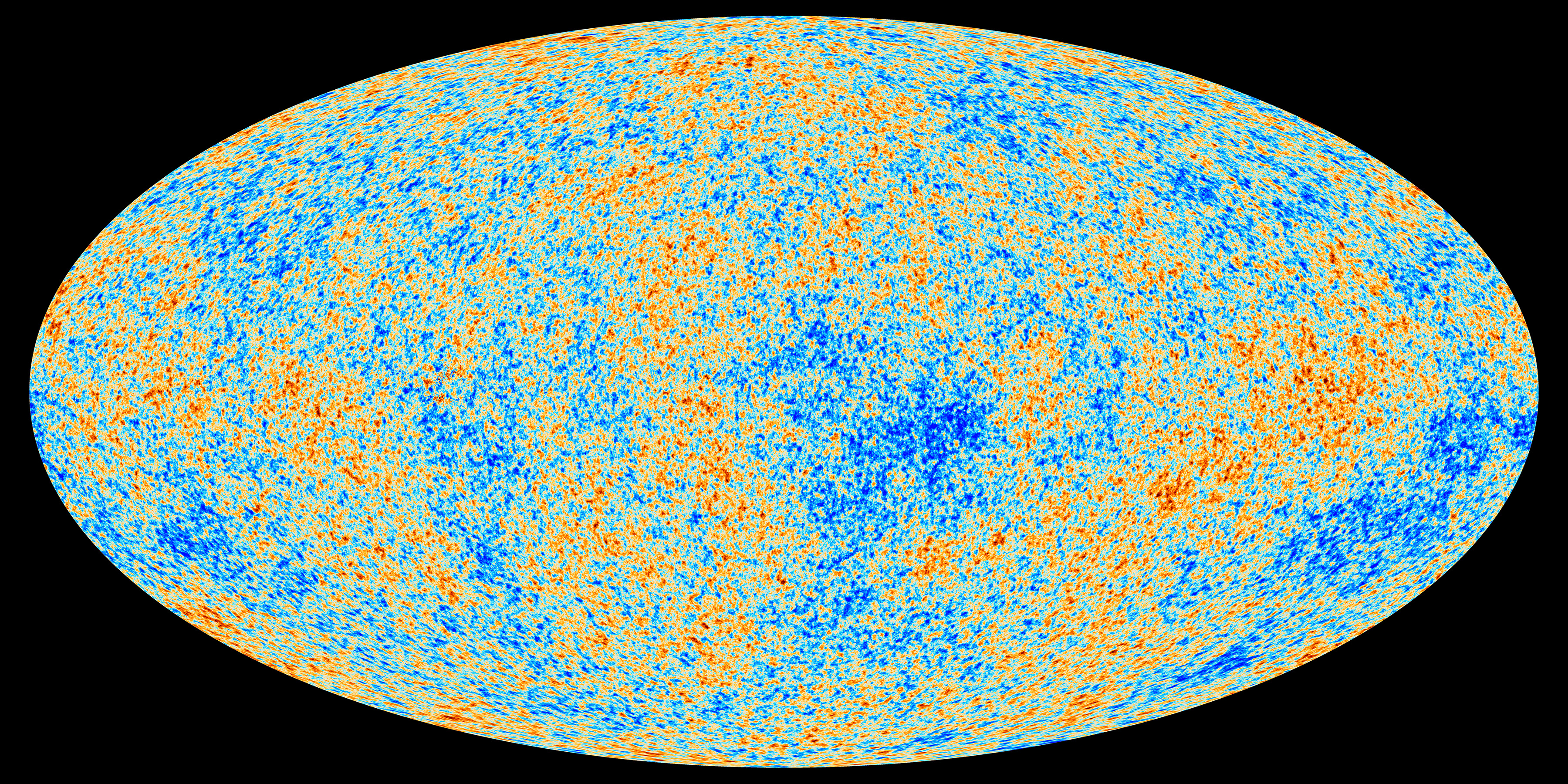
The Universe is old, but how old? We’ve only been able to answer that question with any accuracy at all in the past few decades, and as we use different methods to measure it, we hone in on the right answer.
The European Space Agency’s Planck observatory scanned the skies, looking for minute variations in ancient light from when the Universe was young (shown in the picture above; red is from slightly hotter spots, blue from cooler); astronomers can analyze the pattern to determine quite a bit about the cosmos in which we live.
These tiny fluctuations tell a huge story: The Universe is 13.82 ± 0.12 billion years old. They also show the Universe is expanding a tad slower than we previously thought, and that 95.1 percent of the Universe is made of stuff we cannot see, yet still affects us profoundly: dark energy and dark matter.
Getting more accurate numbers for all these quantities helps scientists understand just how we got where we are … in a Universe filled with amazing stuff, able to understand and appreciate it at all. And you should know: Its mission complete, Planck was shut down in October 2013 after more than four years of probing the early Universe.
China on the Moon
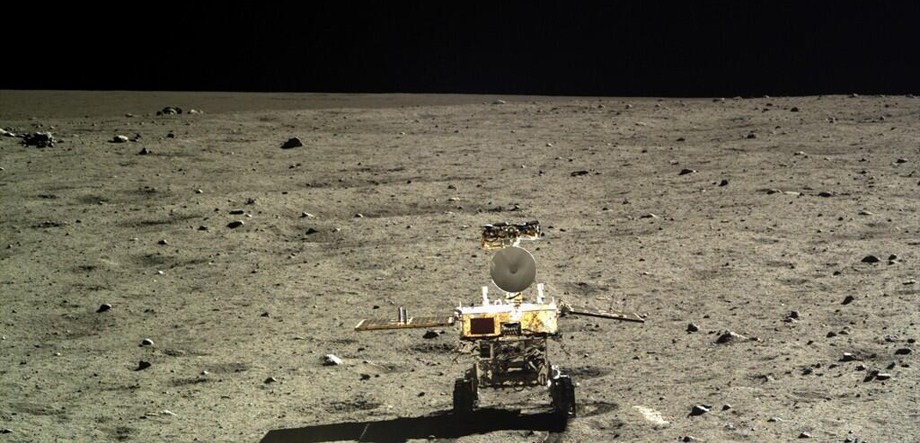
On Dec. 14, 2013, the Chinese mission Chang’e 3 set down on the Moon; the first soft landing of a robotic mission since 1976.
Within a few hours of touchdown, the rover Yutu (“Jade Rabbit”) rolled off the lander, ready to begin its exploration of the surface. China has been making a lot of progress in space exploration over the past few years, including the launch of three crewed (though temporary) space stations. They have clear plans to put a human on the Moon, perhaps as soon as the mid-2020s.
My fervent hope is that this sparks a new era in space exploration where nations cooperate, or at least compete on friendlier terms than a full-blown space race.
The Galaxy Erupts
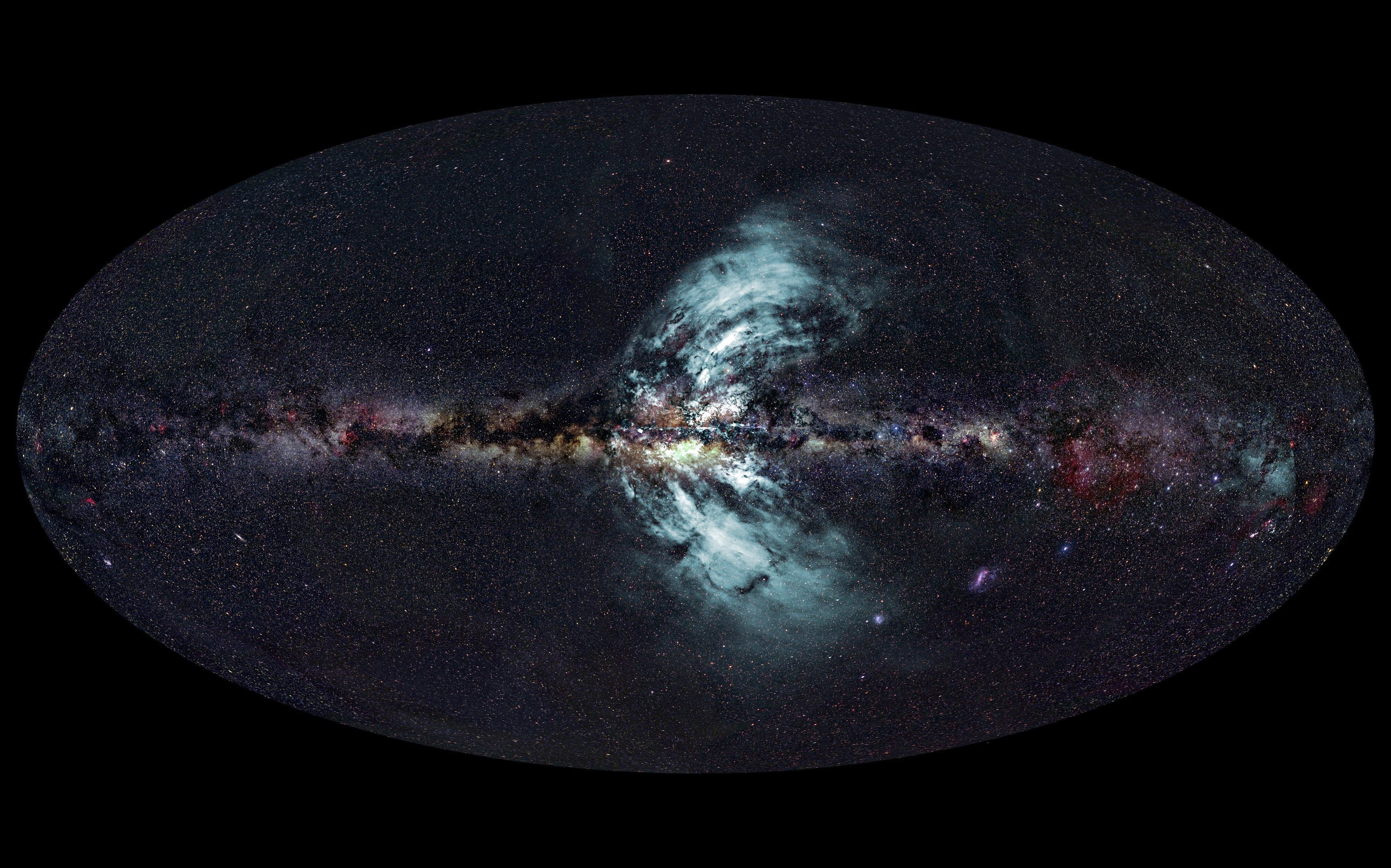
Our Milky Way galaxy is a vast collection of stars, gas, and dust, spread out into flat disk with embedded spiral arms and a central hub of stars like a squashed ball.
You wouldn’t think that a structure half the size of the galaxy itself could hide from us, but that’s exactly what we found out: Two vast bubbles of gas are being blown out of the galaxy’s center, and they’re each 50,000 light years long! The picture above shows them (in blue) superposed on an all-sky image of the Milky Way; if you could see in radio light they’d stretch halfway across the sky.
We’ve seen hints of these gigantic fountains before, but the Parkes radio telescope in Australia provided astronomers with key information about them, including their cause: huge episodes of star birth, which pump tremendous amounts of energy into the galaxy.
How much energy? The equivalent of a million stars exploding. That kind of power is staggering, and happily is going on at a distance of 250 quadrillion kilometers away; far enough that they can’t affect us physically. But we can still see them, study them, and marvel at them.
The Milky Way’s Youngest Black Hole … Maybe
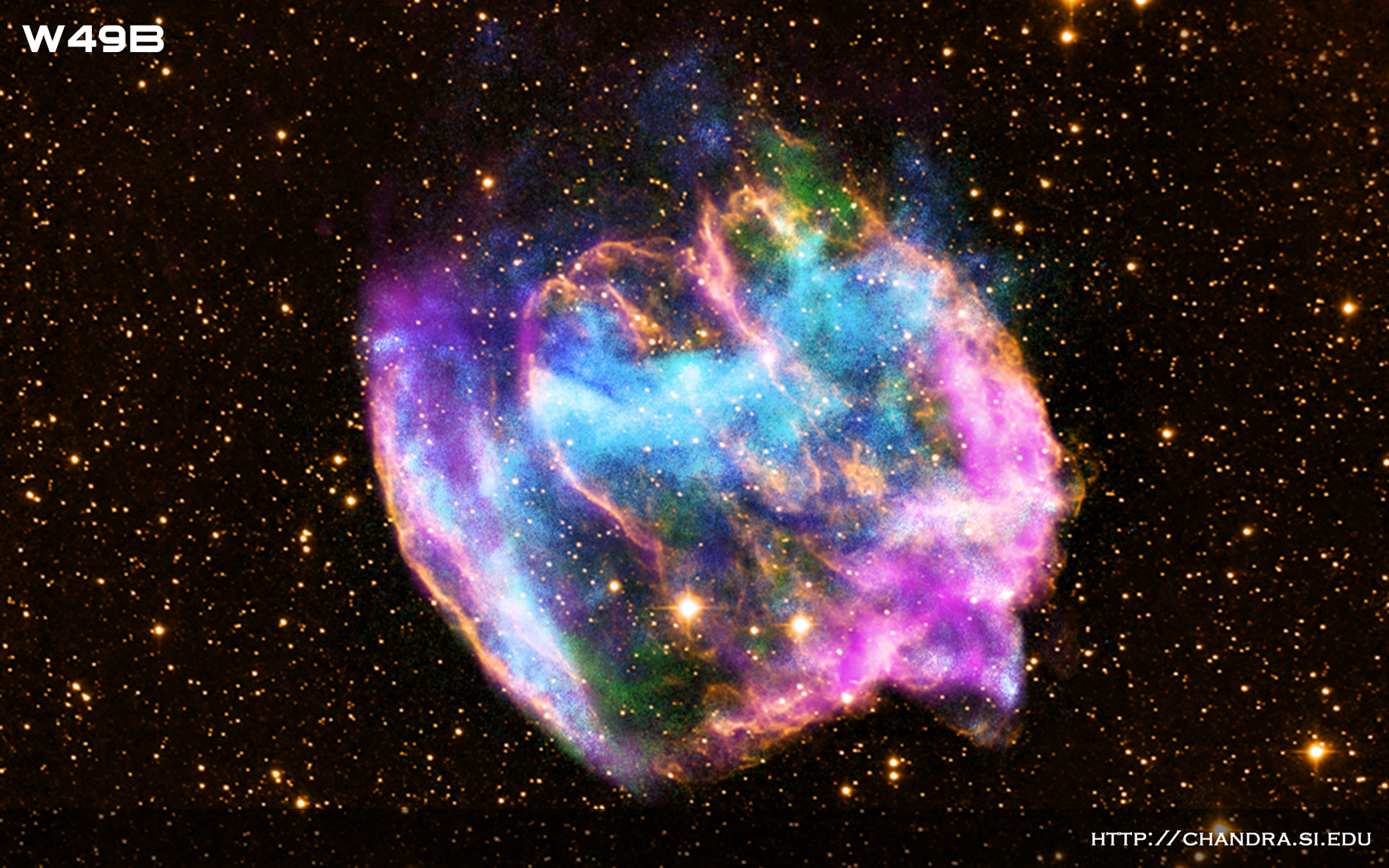
Twenty-six thousand light years away is the odd nebula W49B. This barrel-shaped gas cloud is the expanding debris from an exploding star, a supernova.
The image above is a combination of X-rays (taken by NASA’s Chandra X-Ray Observatory, shown in green and blue) with infrared (Palomar observatory, yellow) and radio (VLA, magenta) emission. Most of the time these exploding stars leave behind an über-dense neutron star, but given the youth of this cloud—about 1,000 years—any neutron star would be bright in X-rays, yet none are seen.
That strongly implies this titanic event created a black hole, which would make it very likely the youngest such object in the galaxy. The shape of W49B is interesting, too; it’s elongated, and the gas inside is not distributed evenly, meaning it was not a spherical explosion. This in turn implies it may have erupted more like a gamma-ray burst, one of the most luminous and violent explosions in the Universe.
However, astronomers aren’t sure about the details of what happened to create this 30-light-year-wide debris cloud. It’s a bit of a mystery, which scientists love.
The Long Shadows Over the Earth
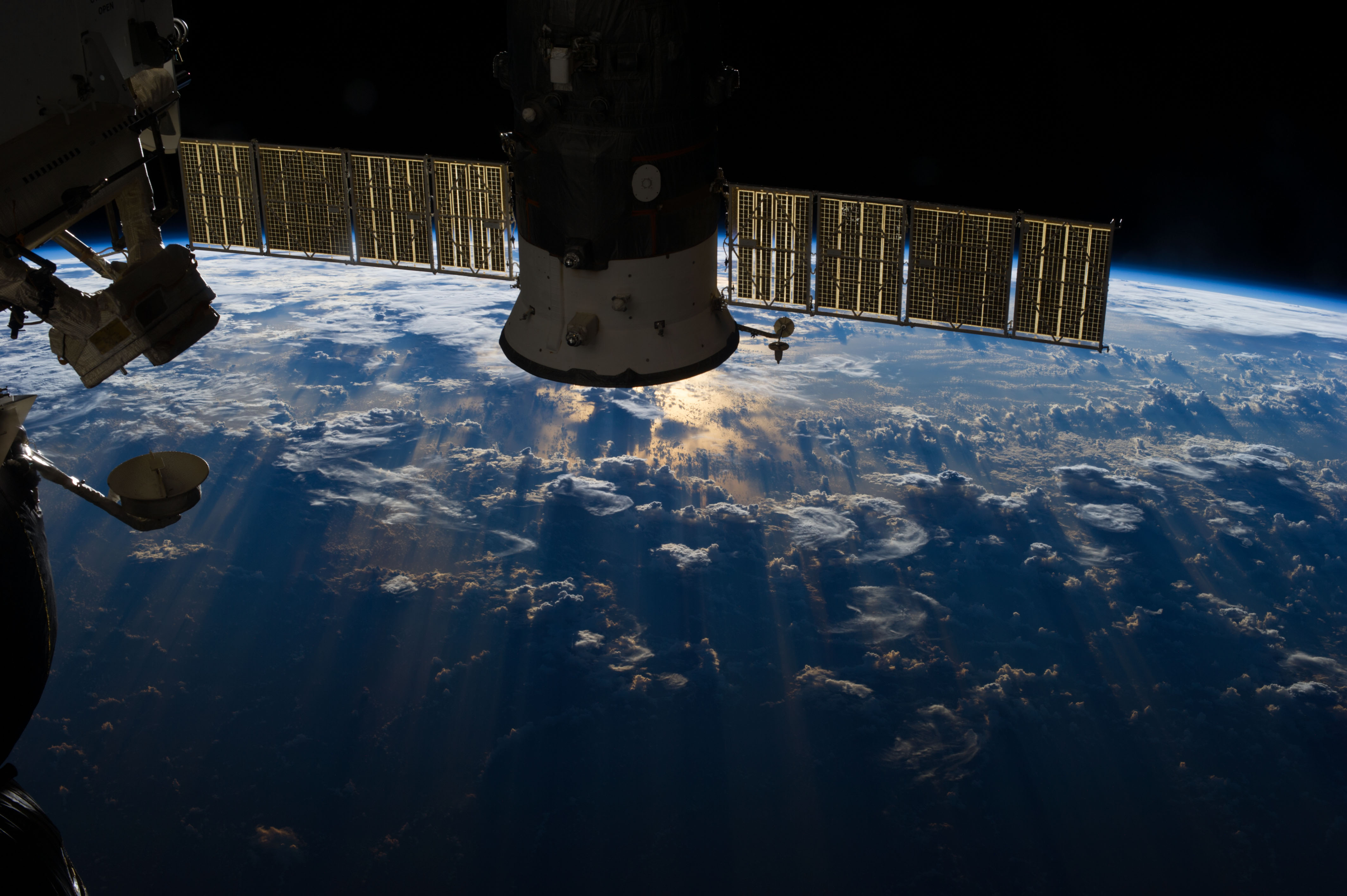
Orbiting 370 kilometers (230 miles) above the Earth, the International Space Station circles our planet 18 or more times a day. That means it sees 18 sunrises and 18 sunsets during the same time we flatlanders only see one of each.
With 36 times the gawking capability, it’s no surprise that sometimes the astronauts see the Sun meet the horizon with surpassing beauty. Such was the case on July 4, 2013, when the above photo was snapped. It was taken when the Sun was low to the horizon, and storm clouds were forming over the Atlantic Ocean off the coast of Brazil. The towering clouds cast long, long shadows over the water, a clear sign the Sun was low.
But is this a sunrise or a sunset? The funny thing is, I’m not sure. There’s no clear coastline or landmark to give us a clue if we’re looking east or west here. But I actually rather like the ambiguity itself as a metaphor for the end of the year. The Sun rises and sets, a year ends and a new one begins, winter rolls into spring and the year begins anew.
A Buzzing Beehive of Stars
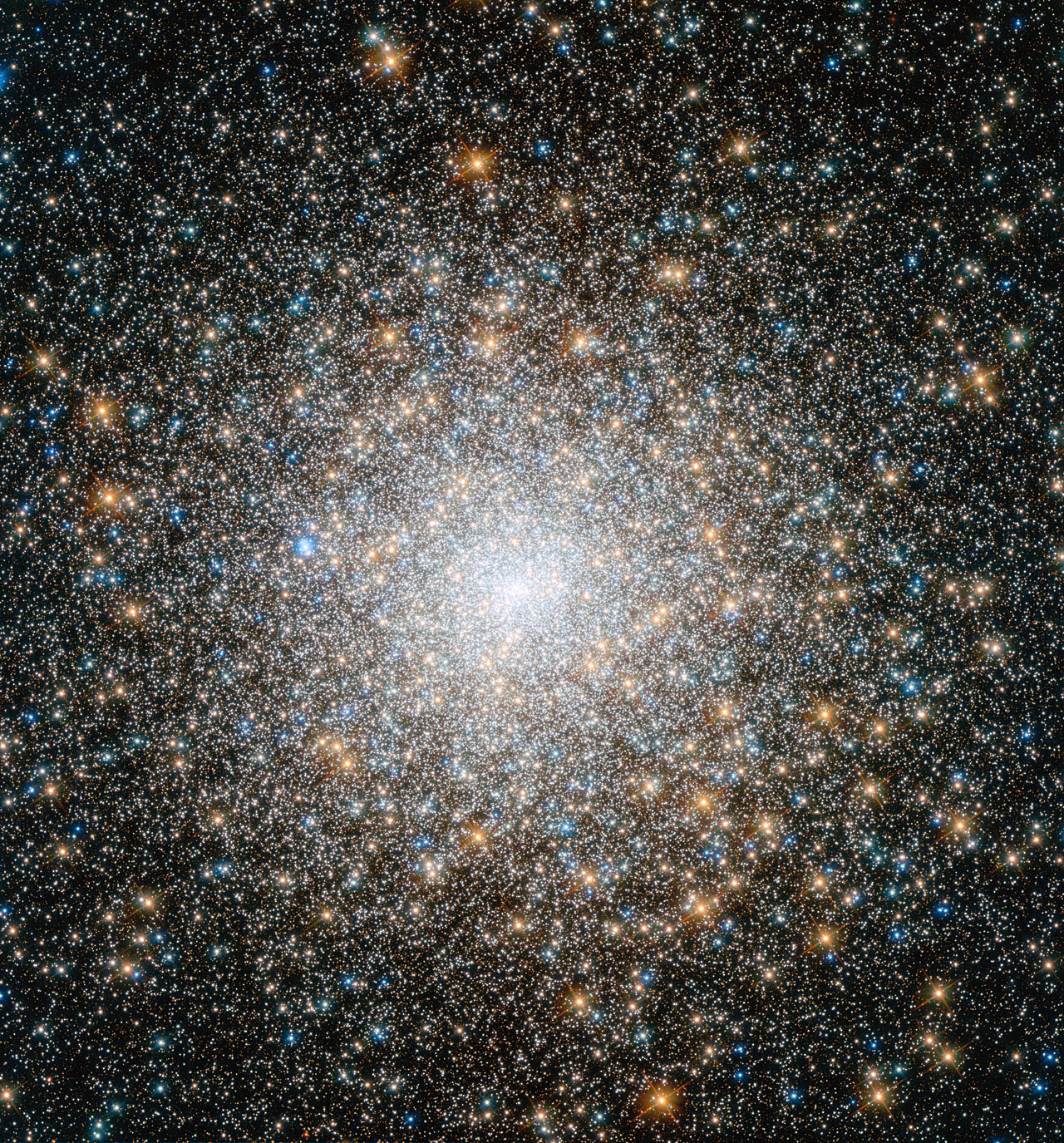
Globular clusters are among my favorite objects in the sky: ball-shaped collections of hundreds of thousands or even millions of stars held together by their mutual gravity.
In most cases, the stars in them were all born at the same time, so they are also laboratories for scientists to study how stars age. This photo of M15 by Hubble Space Telescope shows just how multihued and tightly packed they can be; 100,000 stars call this globular cluster home even though it’s only 200 light years across.
Located in the constellation of Pegasus, it’s bright enough to be easily seen in small telescopes.
Digging Very, Very Deep Into a Nearby Galaxy
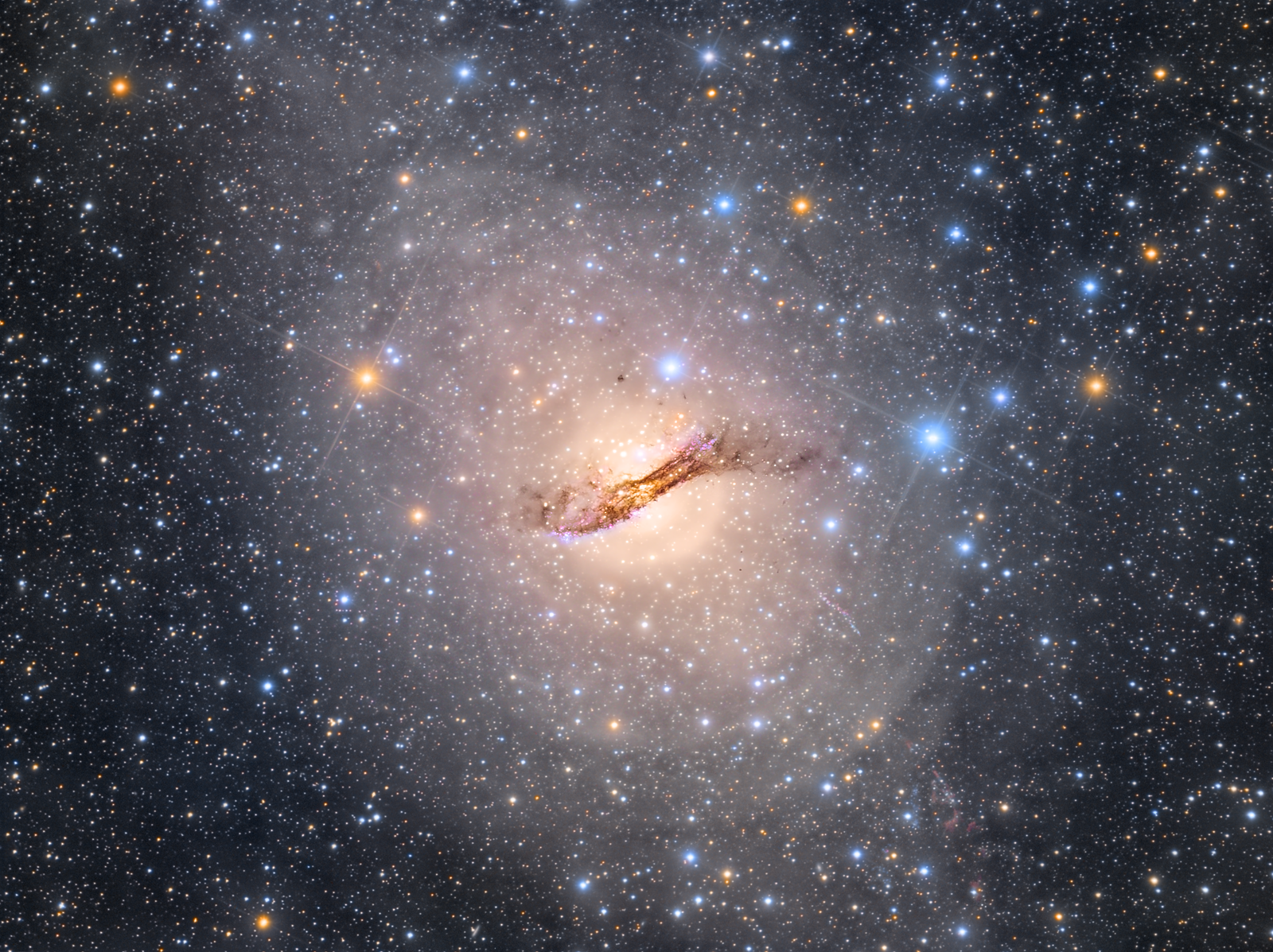
The line between a professional and amateur astronomer has been narrowing for years and is now so thin it’s practically gone.
Rolf Olsen is an “amateur” astronomer in New Zealand who uses a telescope with a 25 cm (10 inch) mirror to take astonishing images of the southern skies. This image of the nearby galaxy Centaurus A is the result of adding together exposures totaling an incredible 120 hours over 43 nights!
The galaxy itself is a mess; it has suffered multiple collisions with other galaxies, creating massive chaos. The dark lane across the center, the huge shells of material around it, and the (barely visible to the upper left and lower right) jets of gas screaming out from the galaxy’s central black hole are all consequences of its violent past.
Martian Latte
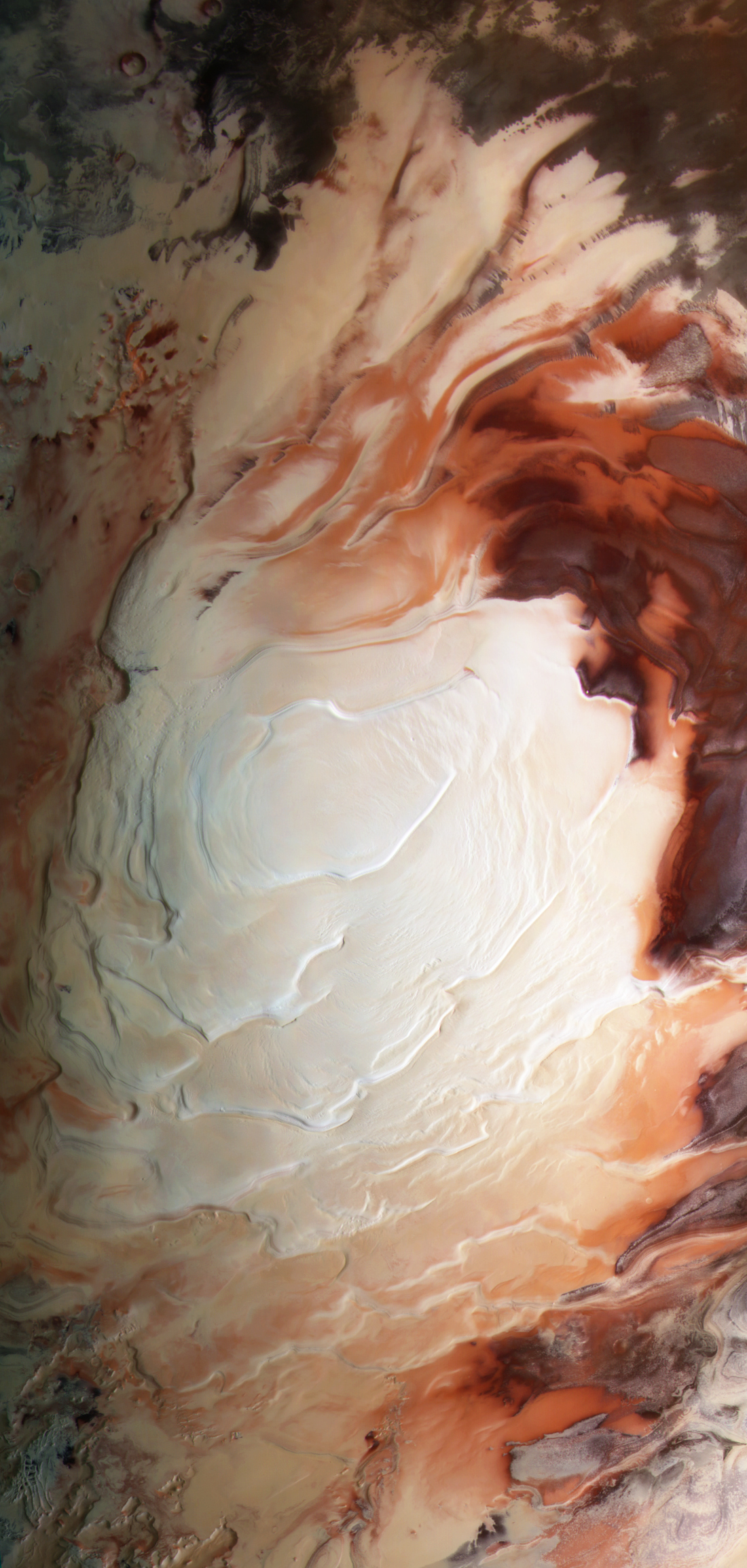
The Mars Express orbiter has been circling the fourth rock from the Sun for 10 years now, taking thousands of observations.
Bill Dunford collected quite a few of those images and created this jaw-dropping mosaic of the south pole of Mars. It’s not quite what the eye would see; what’s shown as red is actually near infrared, invisible to us but easily seen by the camera on the spacecraft. Kilometers-thick water ice covers the pole, capped itself by a layer of carbon dioxide ice a few meters thick.
That is mixed with the rusty dust eternally blowing in the Martian winds, creating what looks more like something you’d order at a coffee shop rather than the frigid nether regions of a nearby world.
Saturn, From High Above
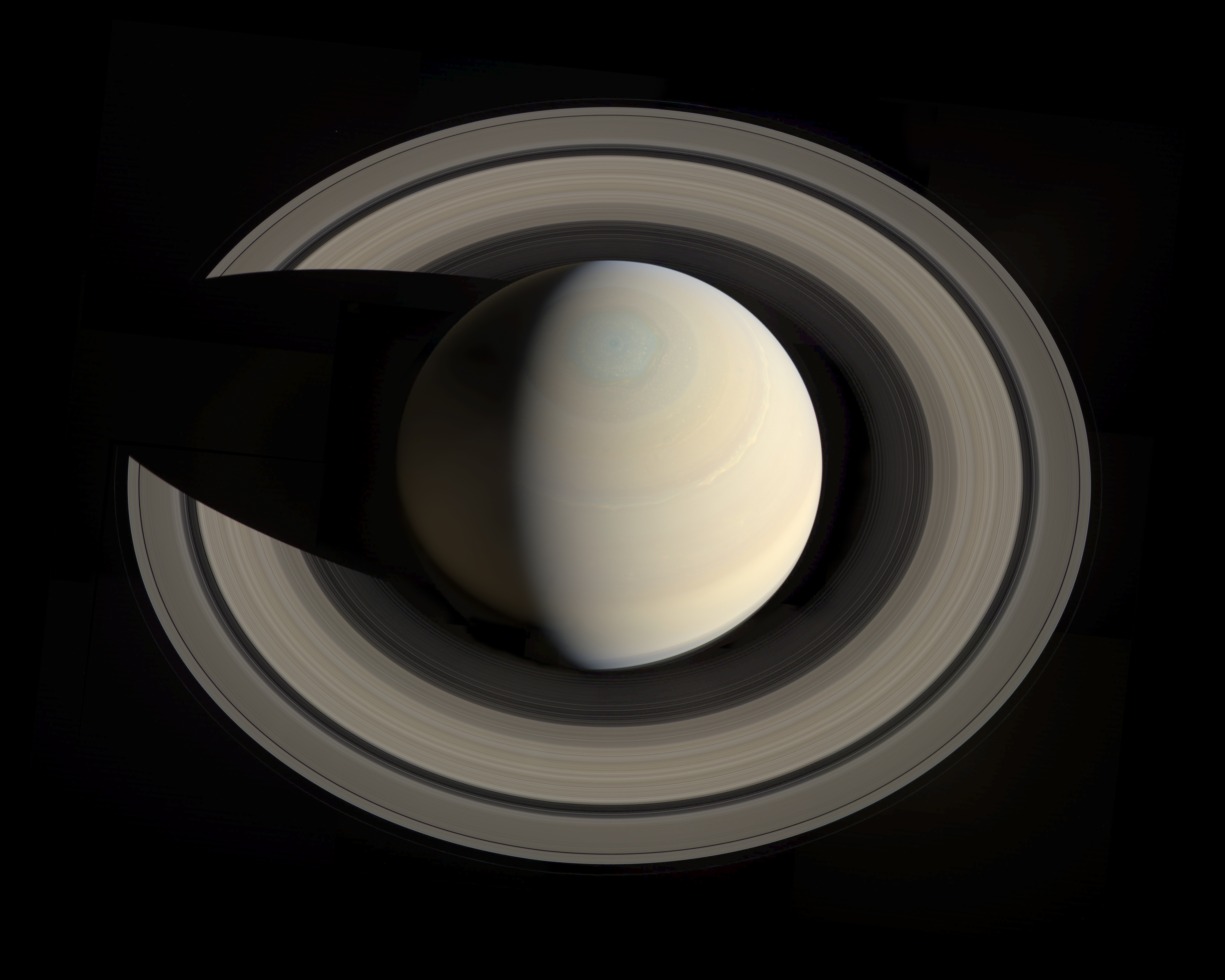
Did you know that all of the pictures from NASA’s Cassini Saturn probe are public? That means anyone can peruse the archive of raw images and use them to create their own pictures.
Gordan Ugarkovic is software developer and something of a genius artist when it comes to image processing. The proof is in this staggeringly beautiful mosaic he created of Saturn seen from above its north pole. Composed of three dozen separate exposures, this near-true-color portrait has stunning detail.
You can see the hexagonal north polar vortex, the remnants of a monster storm in the northern hemisphere, and of course Saturn’s magnificent rings, gaps and all.
Saturn, From Far Behind
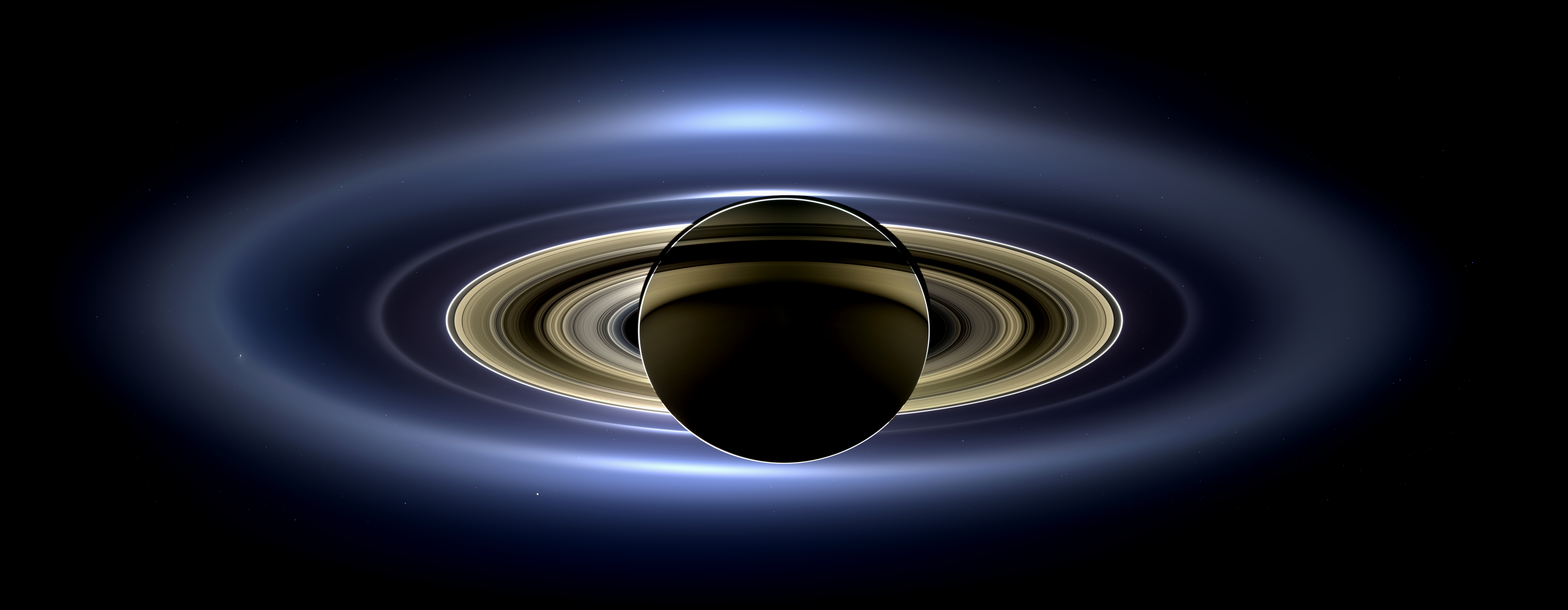
On July 19, 2013, the Cassini spacecraft moved into a part of its orbit where it was behind Saturn, the giant planet blocking the light from the distant Sun.
Over the course of four hours Cassini snapped dozens of images in different filters, mapping out the entire planet, its moons and rings, and even distant stars in the background. In this high res shot, you can see the tremendous detail available … including a small spot, just a barely glowing ember, really, hanging below and to the right of Saturn’s disk. That meager dot, is our entire planet.
From a distance of 1.4 billion (900 million) kilometers, the Earth is reduced to a spark in the night sky, our hustle and bustle and worries and hopes and fears and soul-drenching loves and unfathomable hates and bloody wars and heartfelt charity, all compacted into a handful of pixels, a fuzzy blob containing all of humanity.
A Dying Star Rages Into the Night
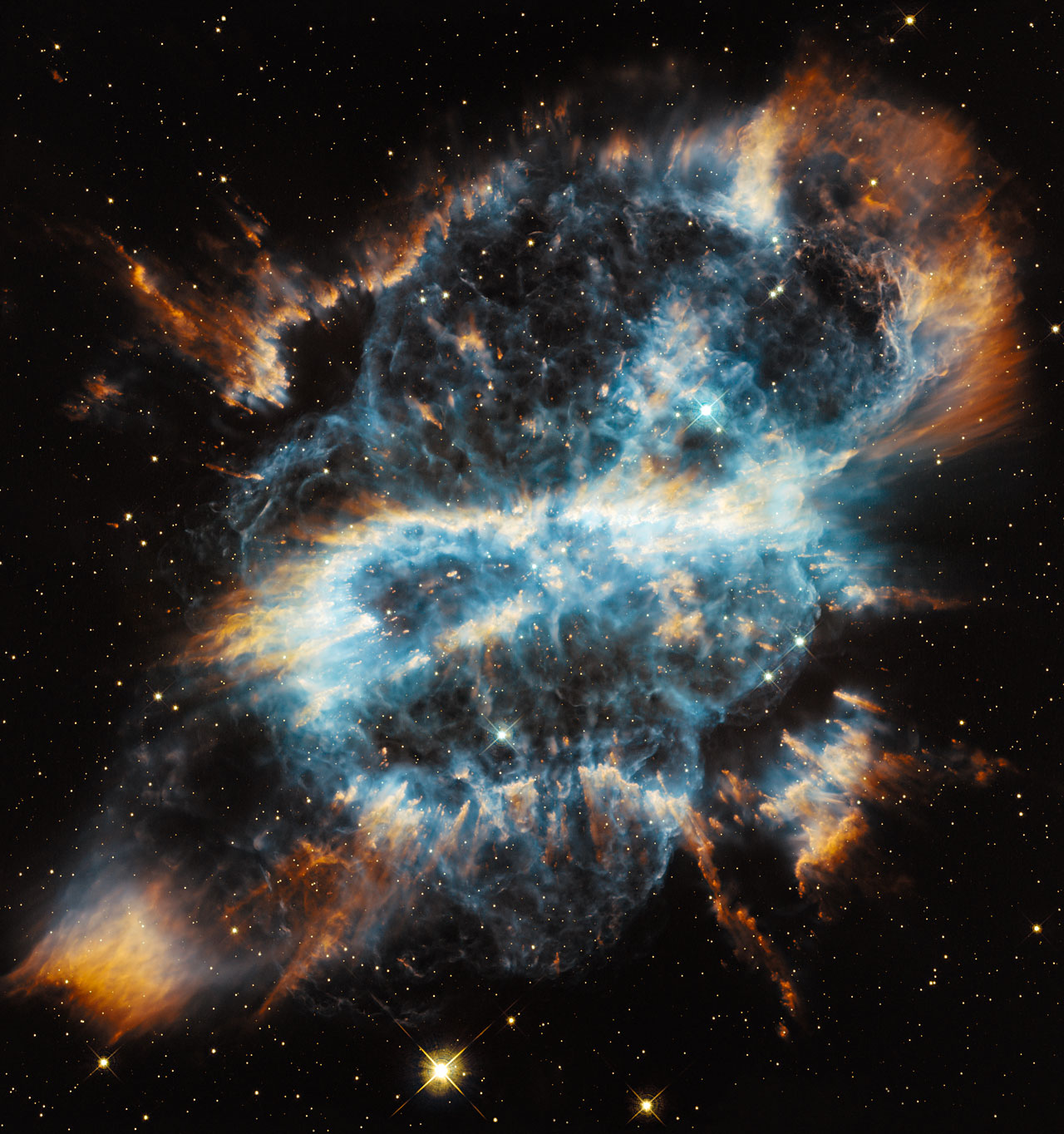
When stars die, they do it in style. This is NGC 5189, a glowing gas cloud seen by the Hubble Space Telescope.
At the center is a white dwarf, the remains of what was once a star probably about twice the mass of the Sun. As it ran out of fuel, it expelled huge quantities of gas into space, exposing its dense core. White hot, spinning rapidly and possessed of a killer magnetic field, the white dwarf spewed out twin jets of energy and matter from its poles, energizing the surrounding material.
However, the star is wobbling, so these lighthouse-like beams appear to carve out a gigantic S shape in the star’s former outer layers. At least, we think that’s what’s happening: This object isn’t completely understood, though that’s is the most likely explanation for this dramatic and lovely object.
The Cold, Fiery, Dusty Arms of Andromeda
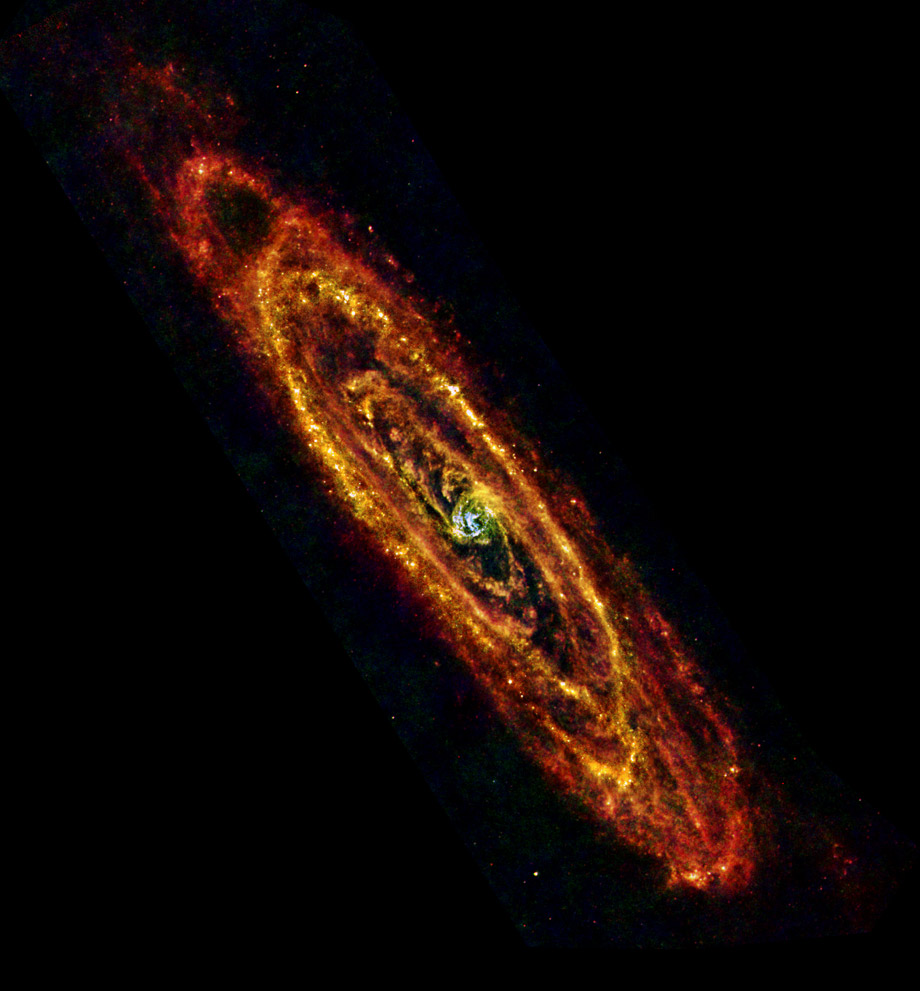
The Andromeda galaxy is the nearest big spiral to our home galaxy, the Milky Way. It’s actually a bit bigger than we are, and like our galaxy has vast spiral arms where stars are born.
This process creates huge quantities of what astronomers call dust—actually a complex organic molecule similar to soot. This dust is warmed by the massive stars forming nearby, causing it to glow in the infrared. The European Space Agency’s Herschel observatory captured this eerie light, mapping out Andromeda’s far-flung arms.
This image is taken in the far-infrared, well outside what our human eyes can see. And while astronomers call this dust warm, by normal people standards it’s frigid beyond imagining: The hottest dust you see in this image is actually at a temperature of -232 C (-385 F)!
Year of the Comet, Part 1
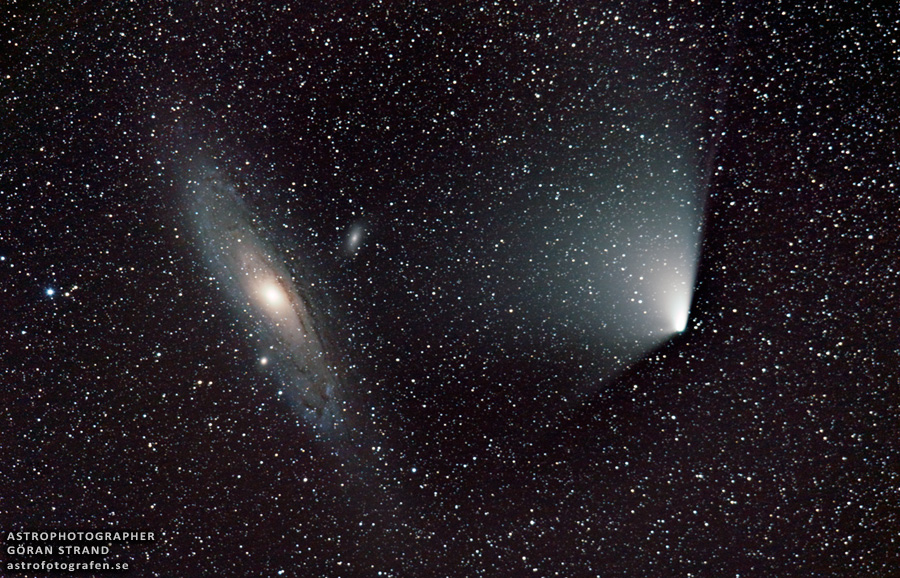
2013 saw a barrage of comets invading the inner solar system, but two stood out among the rest: C/2012 S1 (ISON) and C/2011 L4 (Pan-STARRS).
Pan-STARRS came around first, appearing in our skies in the spring. I saw this comet myself over the course of several nights, when it was in the northwest after sunset. I managed to snap a few pics, but nothing like this one by Swedish astrophotographer Göran Strand, who took it on April 4, 2013, from north of Östersund, Sweden.
The grace and beauty of the comet are lovely to behold, only amplified by appearing next to the Andromeda galaxy—though that’s a matter of perspective. At the time, the comet was 200 million kilometers away, while Andromeda is 25 quintillion kilometers distant.
Year of the Comet, Part 2
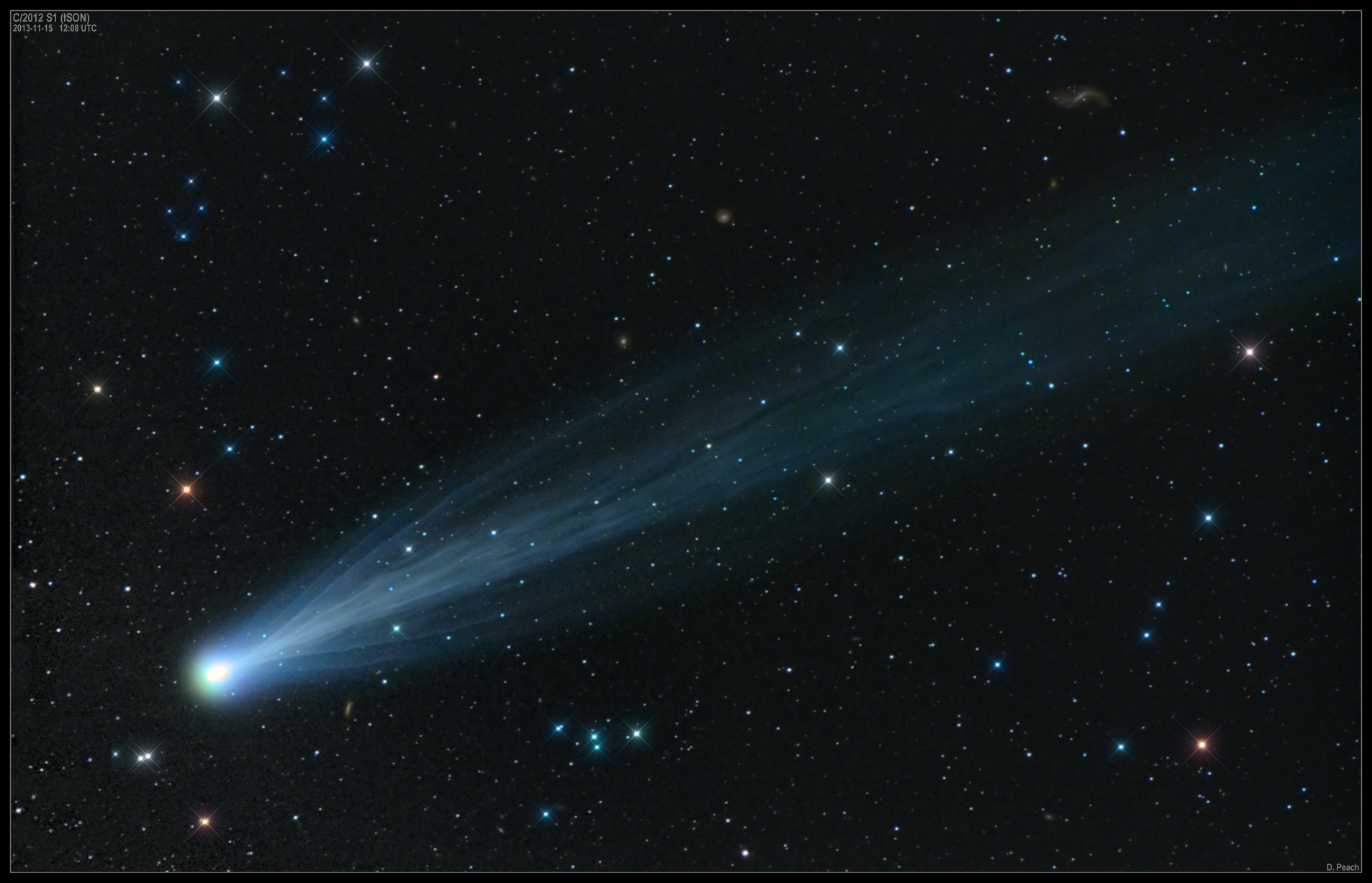
The second comet in this year’s list is none other than ISON. It may have disintegrated as it rounded the Sun—honestly, it’s amazing any comet can survive such a brutal gantlet—but on approach it was the picture of a perfect visitor.
The image here, by Damian Peach, was taken on Nov. 13, 2013, not long before the end. The tail of the comet stretched for tens of millions of kilometers, and its interaction with the solar wind brought out wiggles and filaments that belied its eventual fate: an expanding cloud of dust as it rounded our star.
Equinox Earth
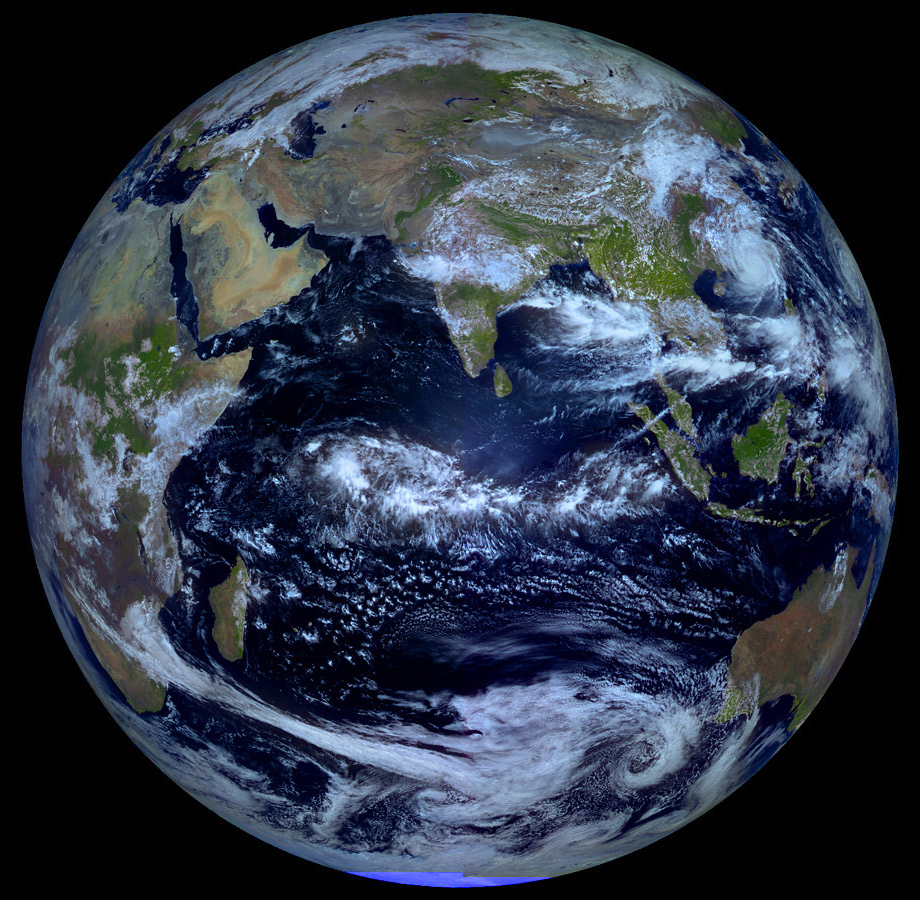
The Earth is a tilted top, spinning at an angle (about 23 degrees) as it orbits the Sun. Because of this there are only two times a year when both hemispheres receive light from pole to pole: the equinoctes (the plural of “equinox”).
These occur on or around March 22 (generally called the vernal equinox) and Sept. 22 (the autumnal equinox). At 05:30 UTC on Sep. 22, 2013—just hours before the actual moment of the equinox—the Russian weather satellite Elektro-L took the photo above, showing our evenly lit planet.
You can see a typhoon off the coast of China, winds streaming east from southern Africa, the deep blue oceans, green vegetation (actually taken using an infrared camera, which highlights plants), and the brown deserts.
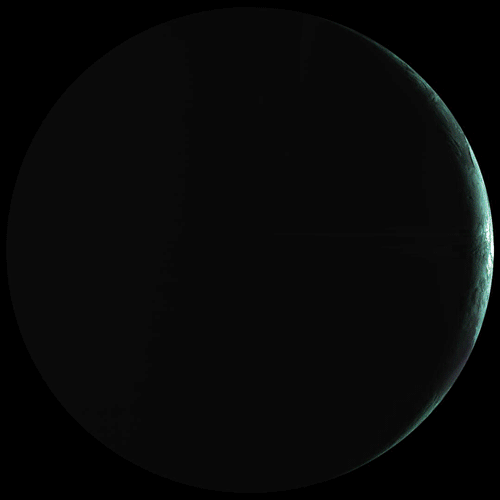
The Horns of an Eclipse
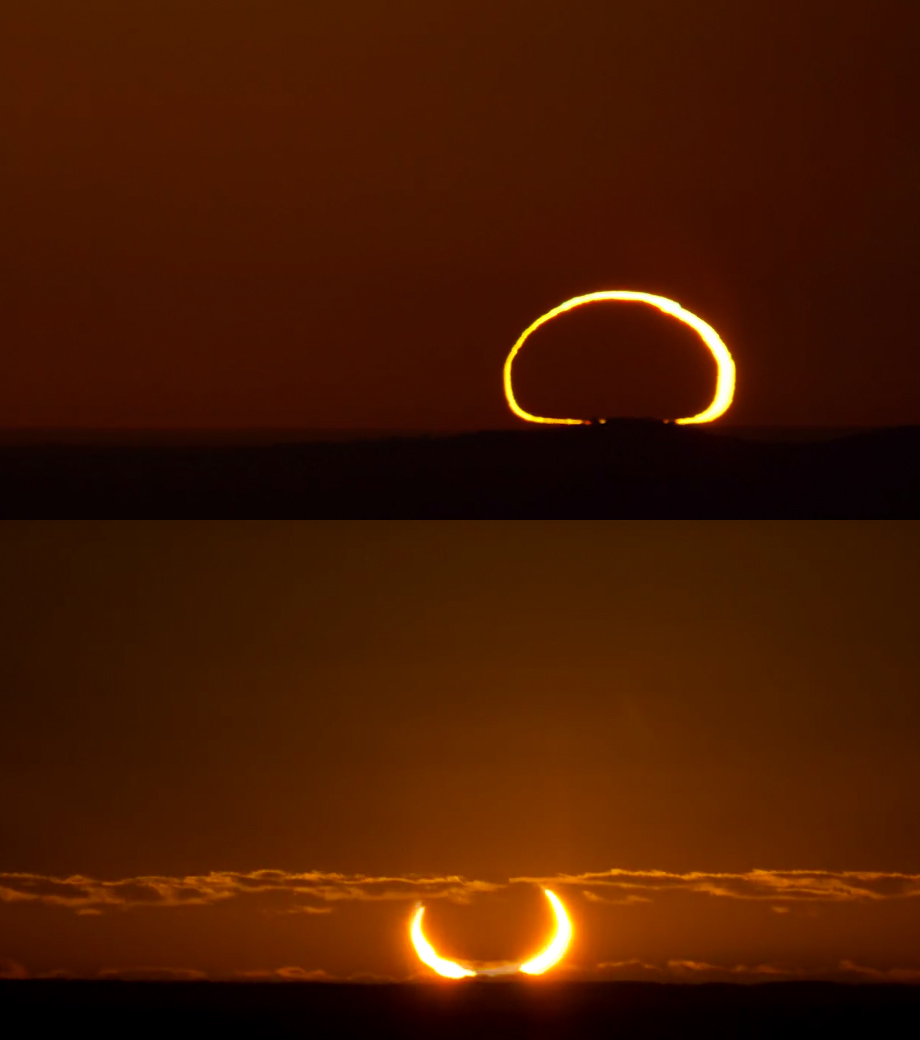
On May 10, 2013, the Moon passed directly in front of the Sun. Normally, this would result in a total solar eclipse but for a vagary of orbital mechanics: It happened when the Moon was near apogee, the point in its orbit when it’s farthest from Earth.
That makes the Moon look a bit smaller, so it cannot completely cover the Sun. At maximum eclipse, a ring of solar surface circles the dark silhouette of the Moon. This is called an “annular” eclipse. Folks in Australia had the best view of the event, especially in the west, when the Sun and Moon rose already amidst their dance.
The top photo is by Colin Legg and Geoff Sims, part of a time-lapse animation they filmed in the Pilbara region of Western Australia. The bottom picture is part of another time-lapse animation taken by Teoh Hui Chieh in Kumarina, Western Australia. Her location, south of Legg and Sims, changed the geometry of the eclipse so it rose not quite at maximum, leaving the Sun looking like a set of horns rising menacingly over the horizon.
In both, you can see how the Earth’s atmosphere acts like a lens, squashing the Sun near the horizon.
Moonrise Sonata
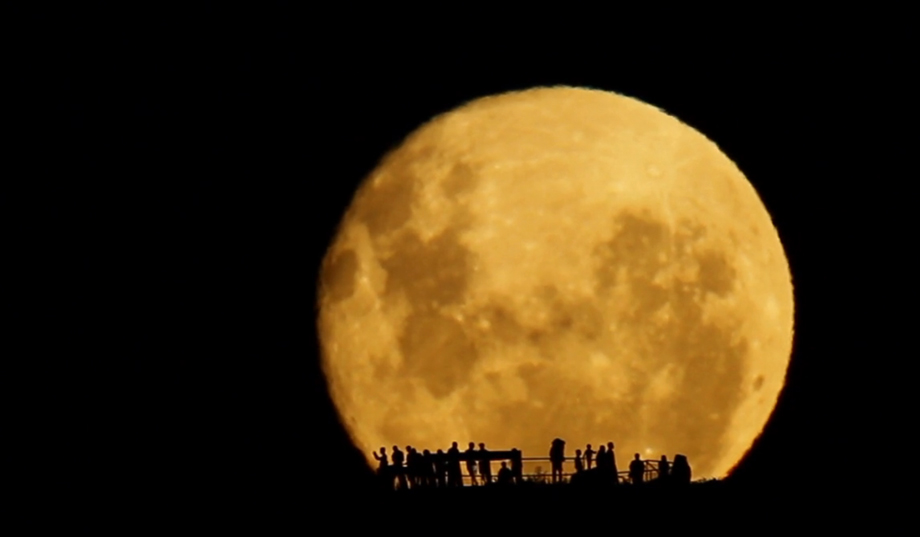
One of the more remarkable aspects of the dance of astronomical objects in our sky is their predictability. With the right software you can know the exact time and position on the horizon where the Moon will rise from any given location with exquisite accuracy.
Mark Gee knew that people gathered at a specific place to watch the Moon rise on Mount Victoria in Wellington, New Zealand, so he camped out about 2 kilometers away, set up his camera with a powerful telephoto, and waited. It took several tries, but he was able to take the photo above that is actually just one frame from a mesmerizing video he made of the Moon rising in real time:
You simply must watch it; there is something enthralling about the slow and graceful rise of the Moon with the people silhouetted in front of it.
> The Best Astronomy and Space Pictures of 2013 | Slate

